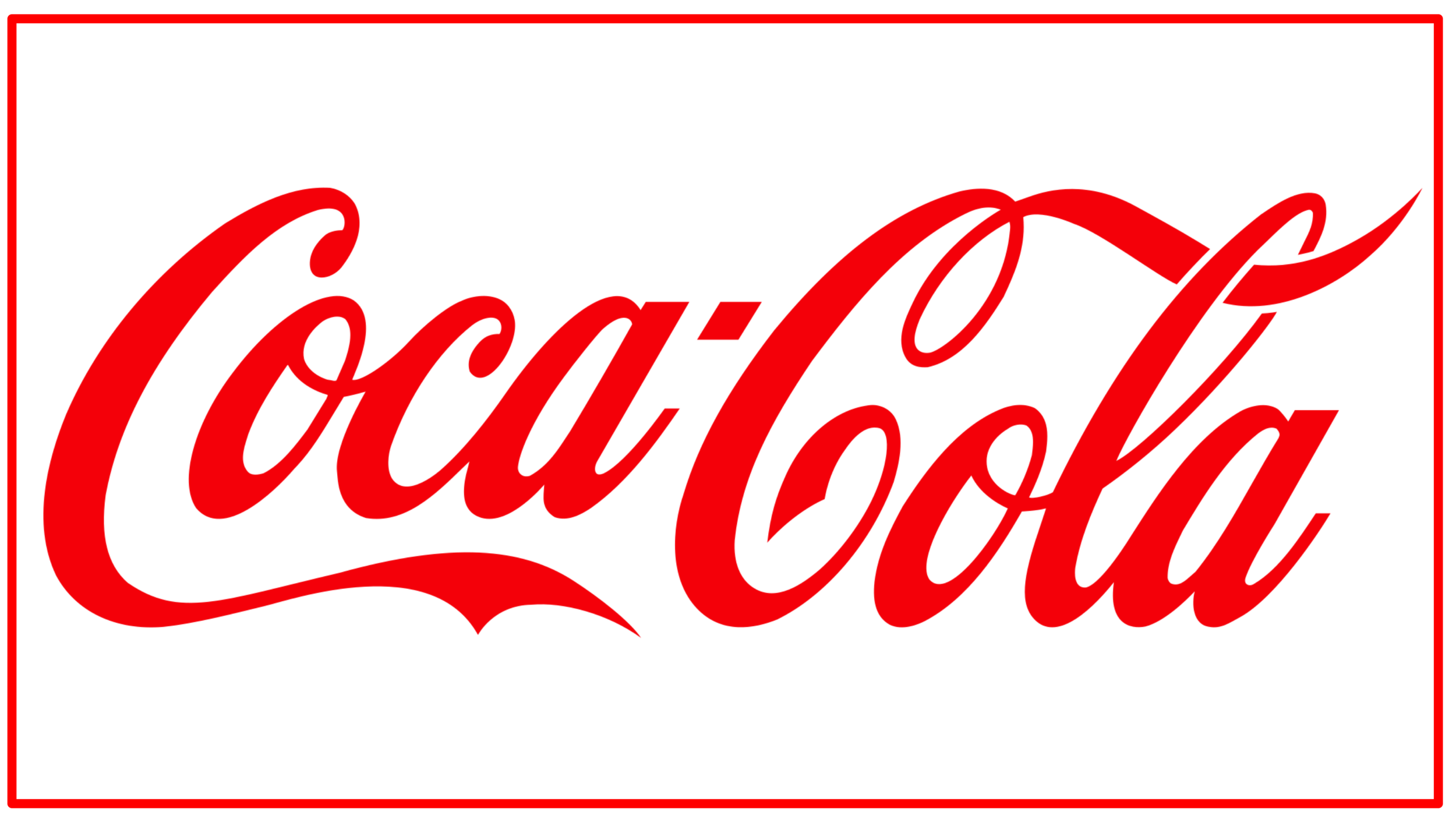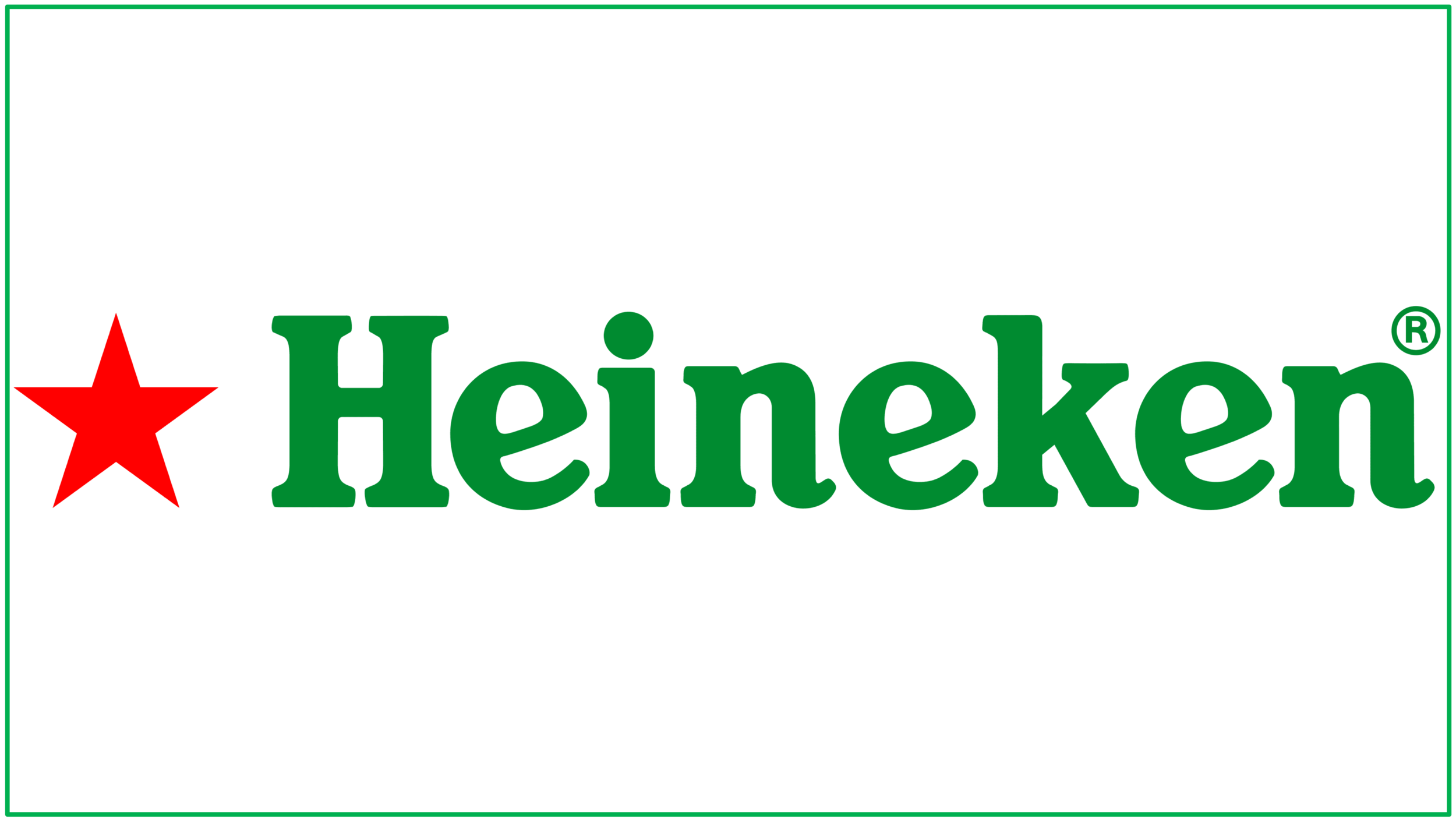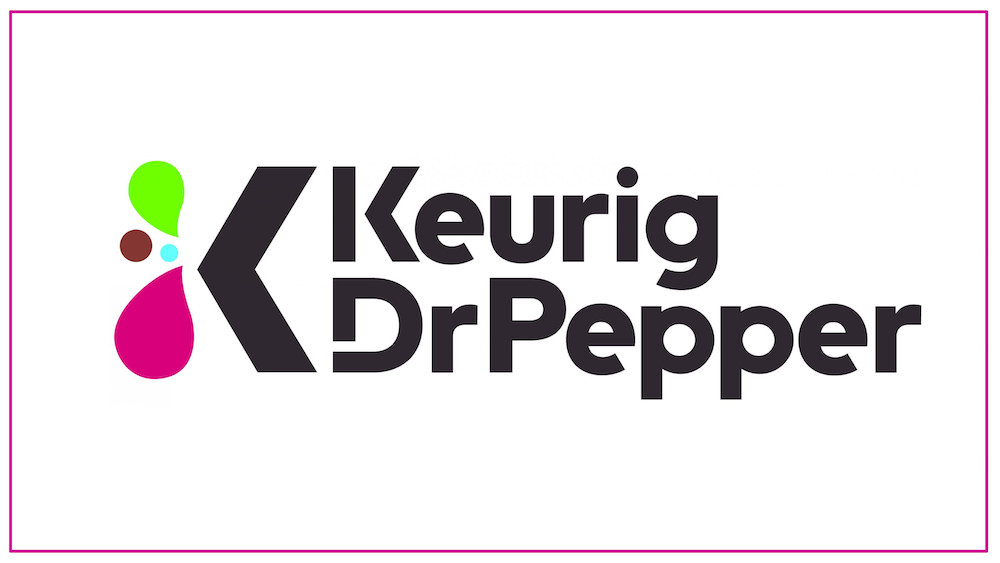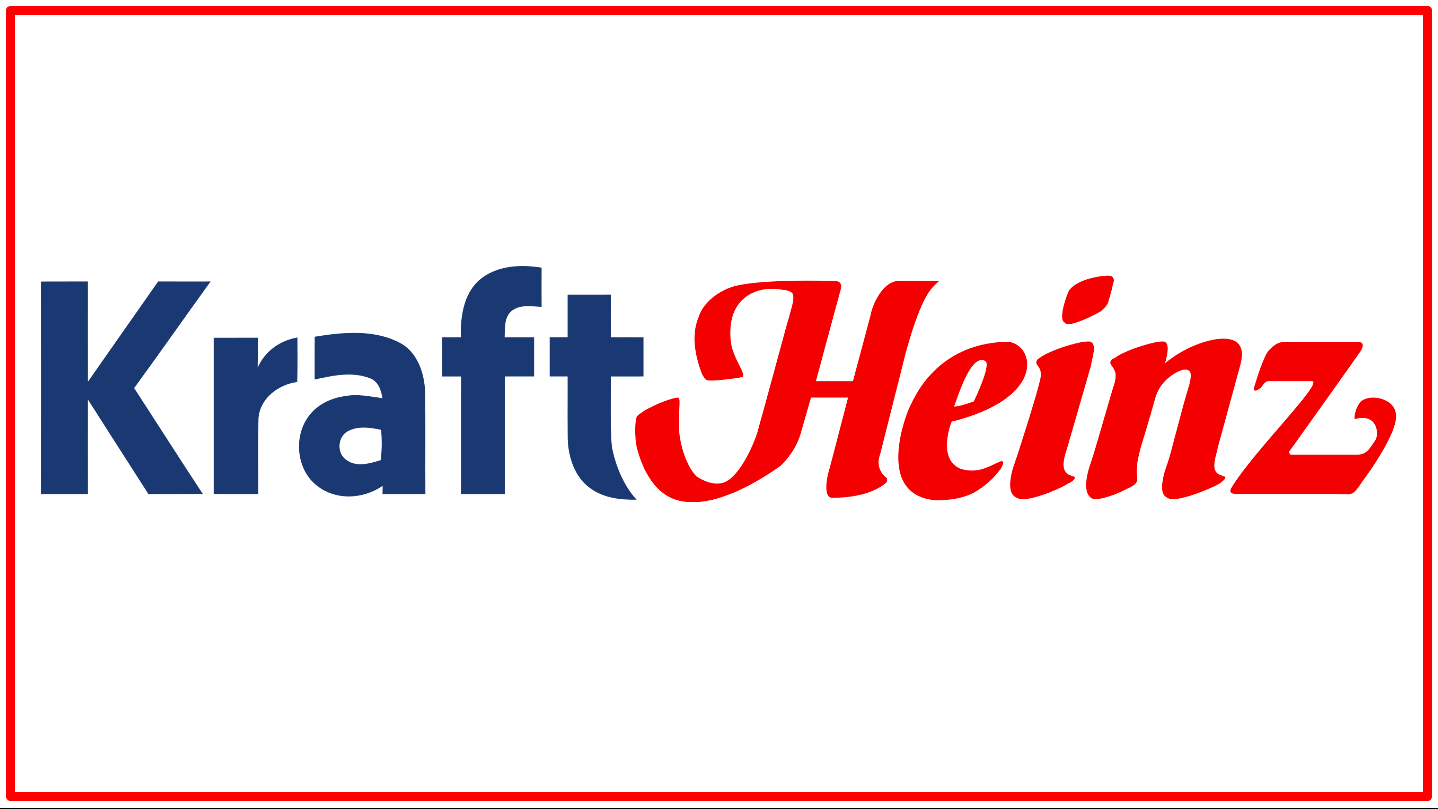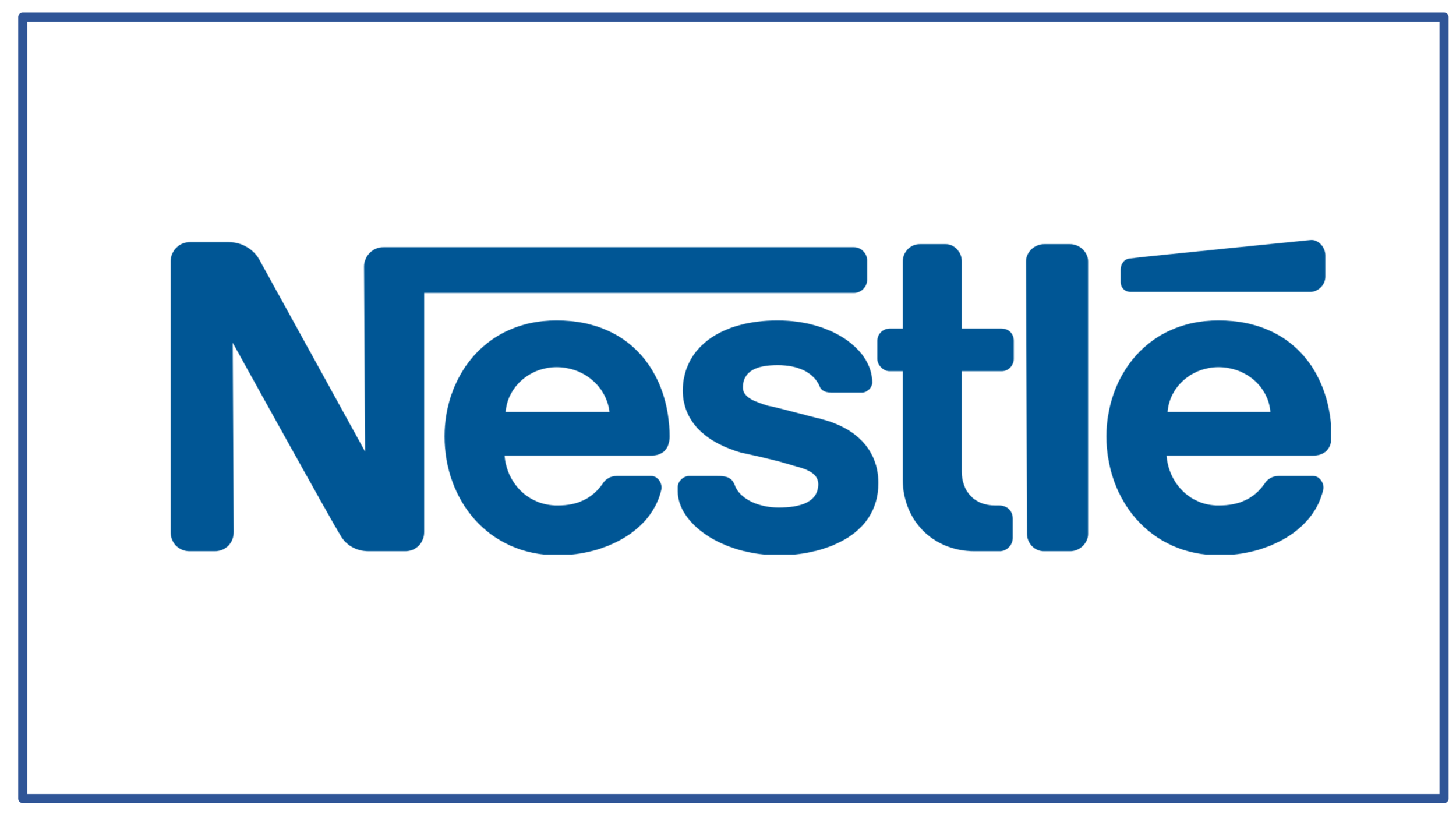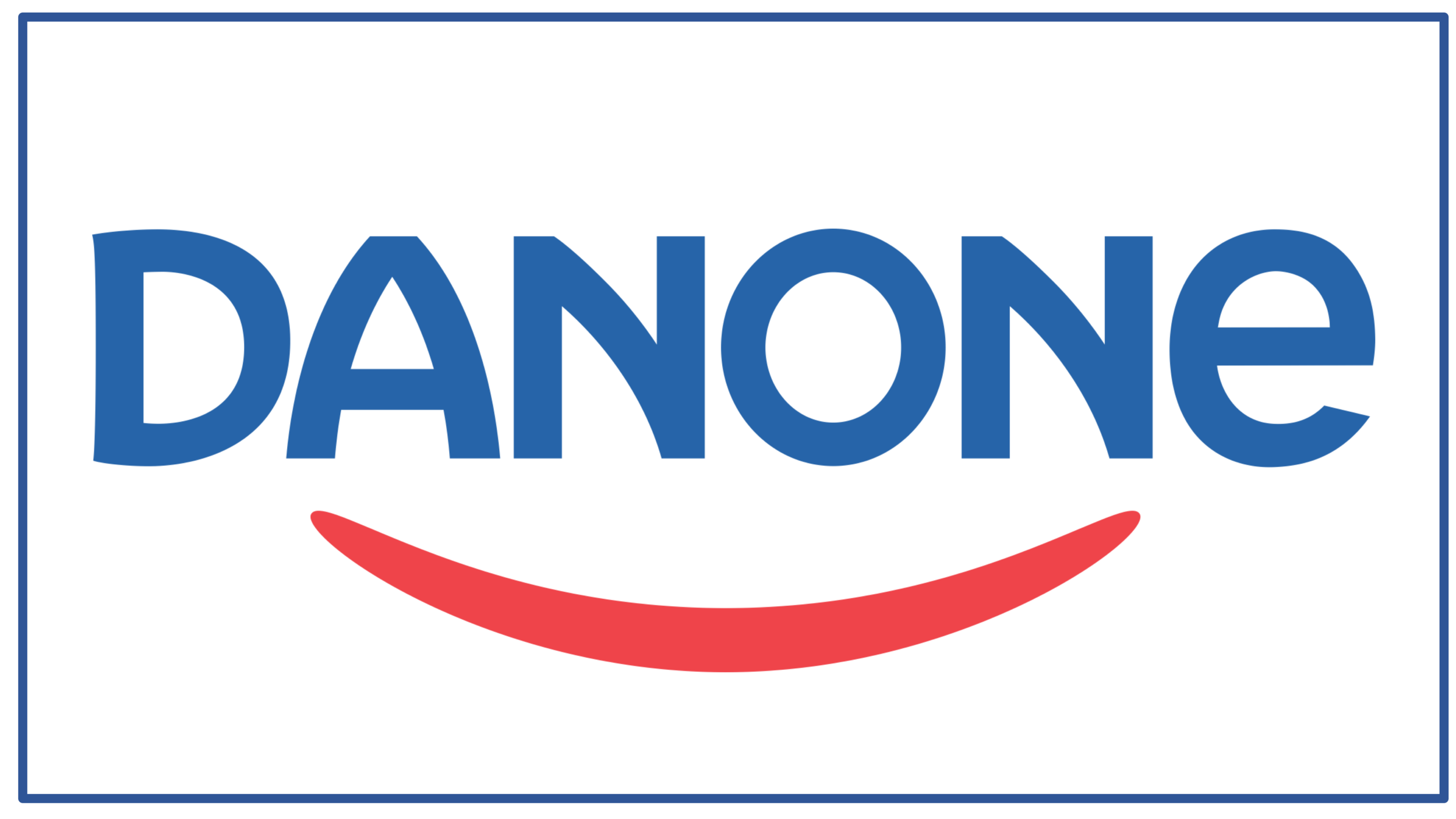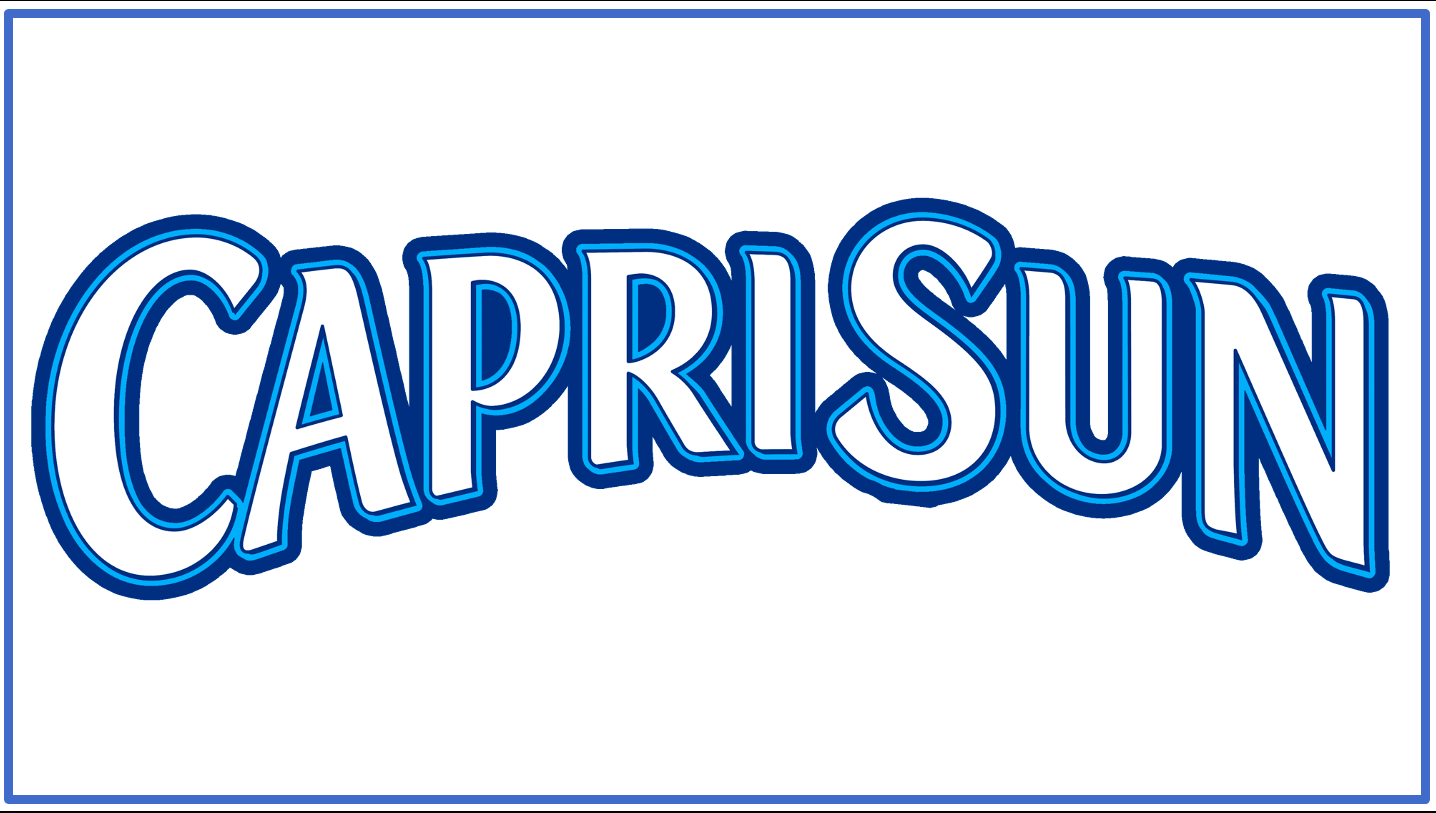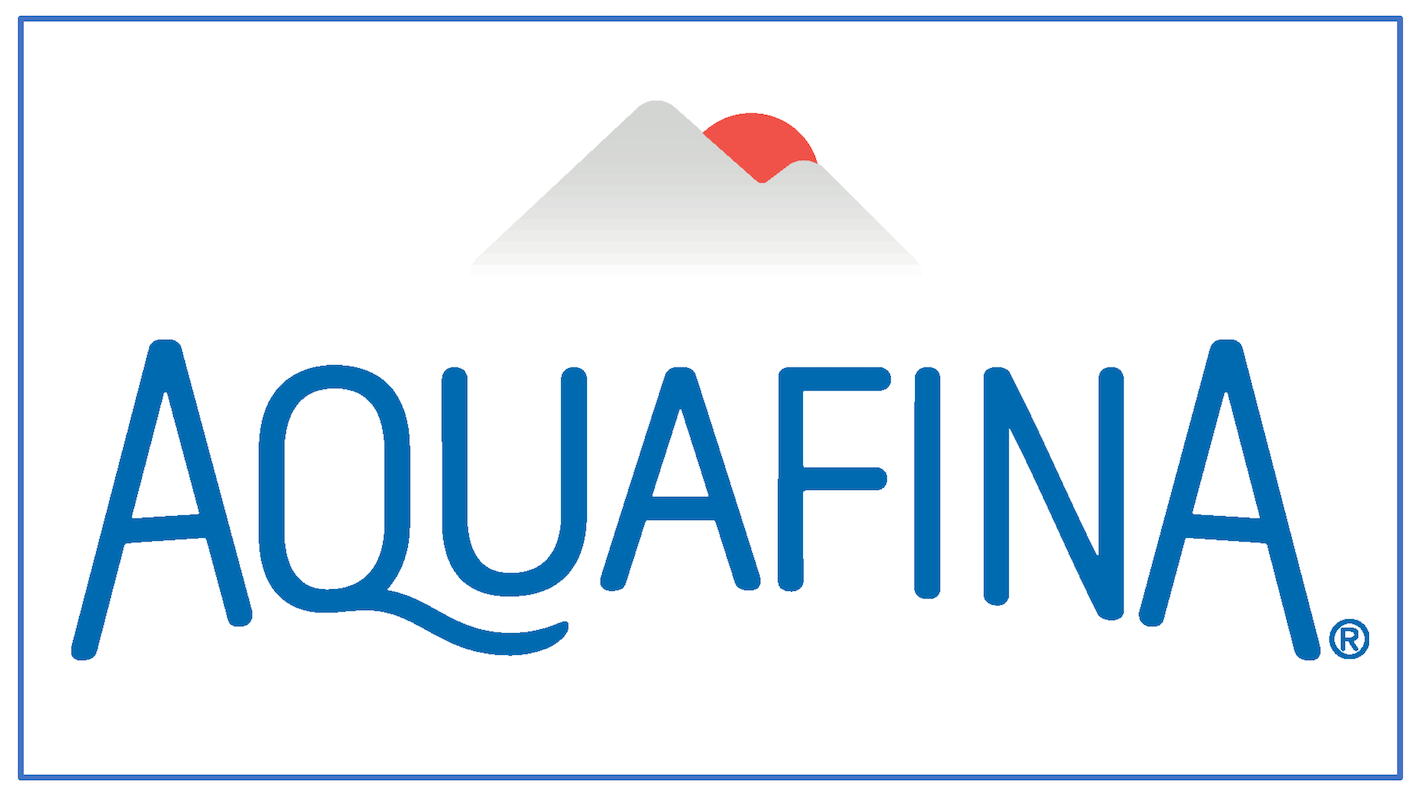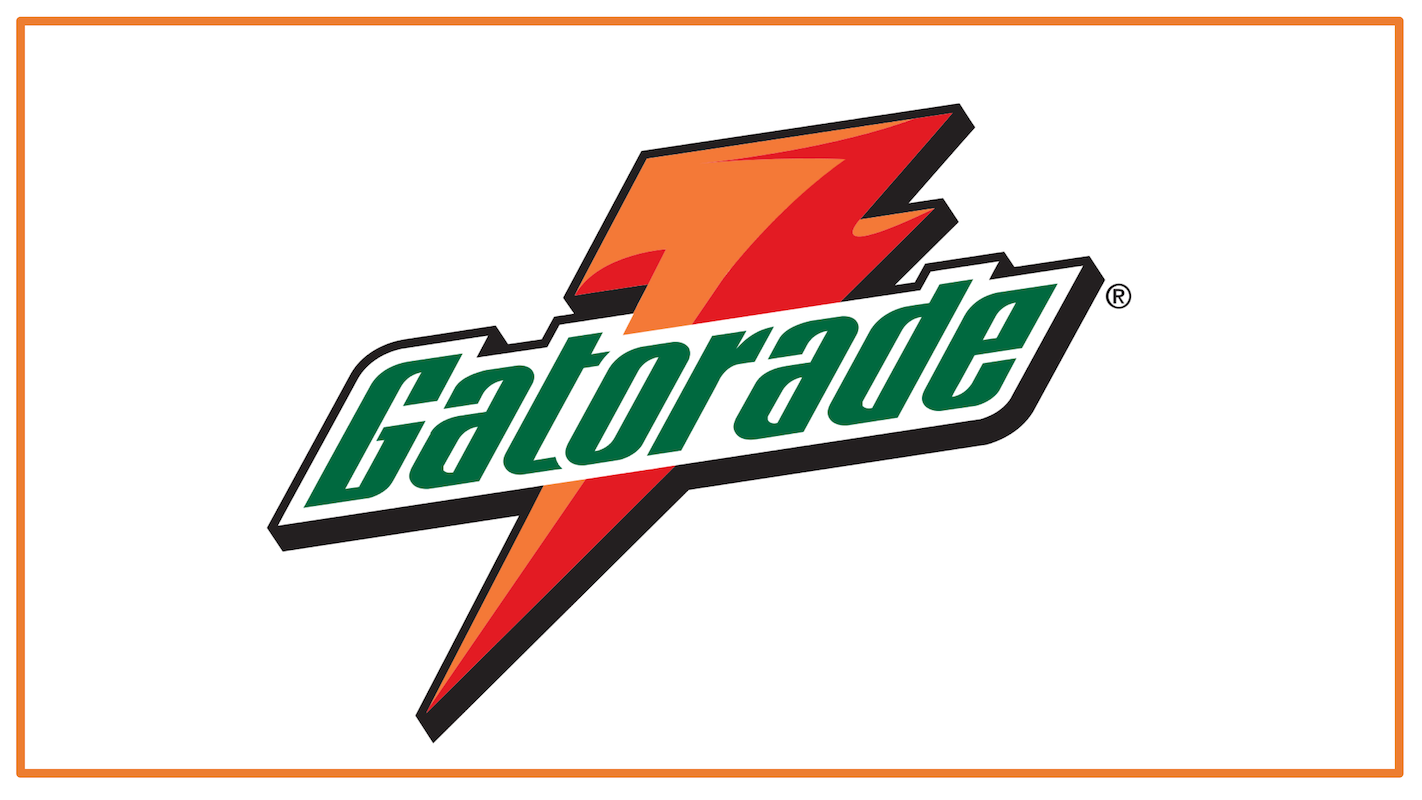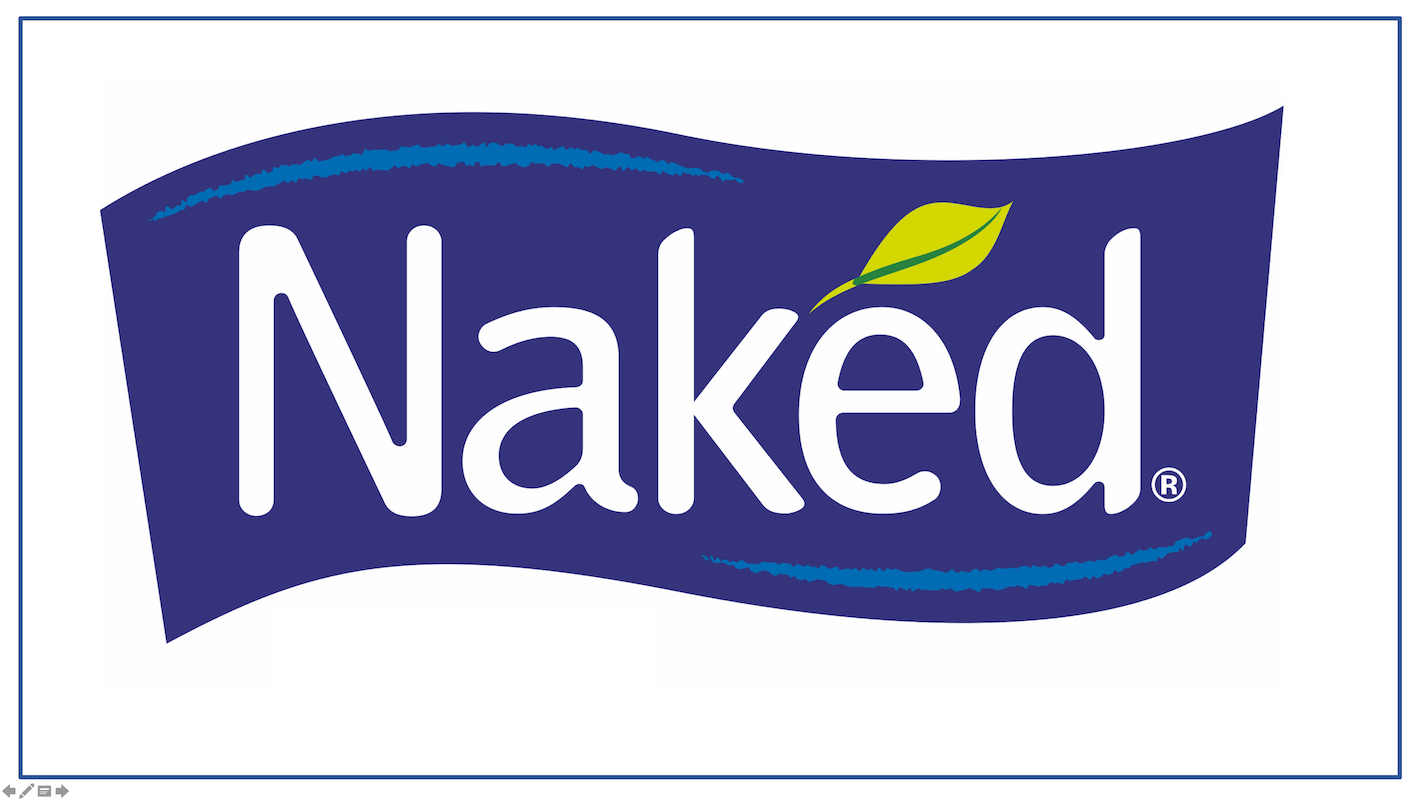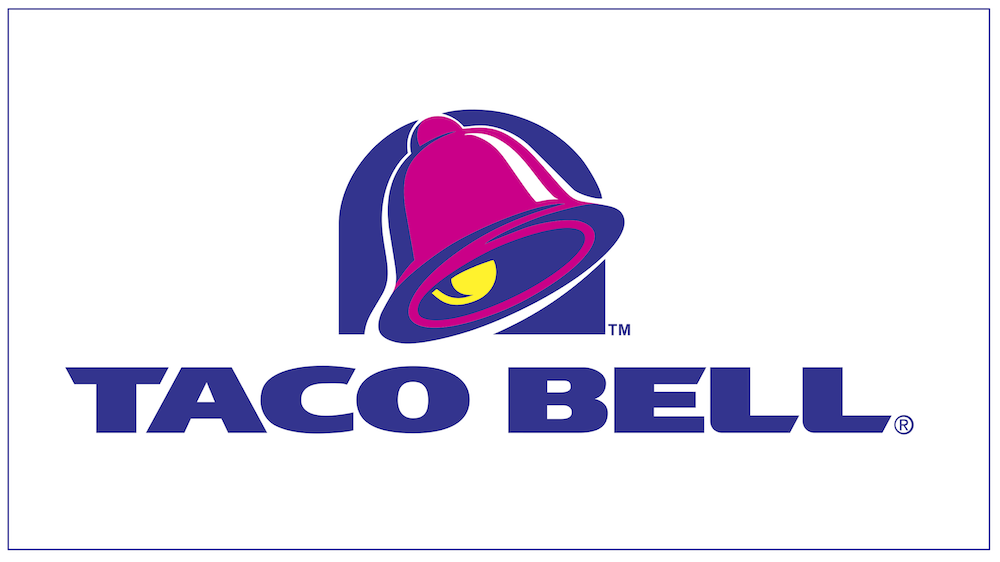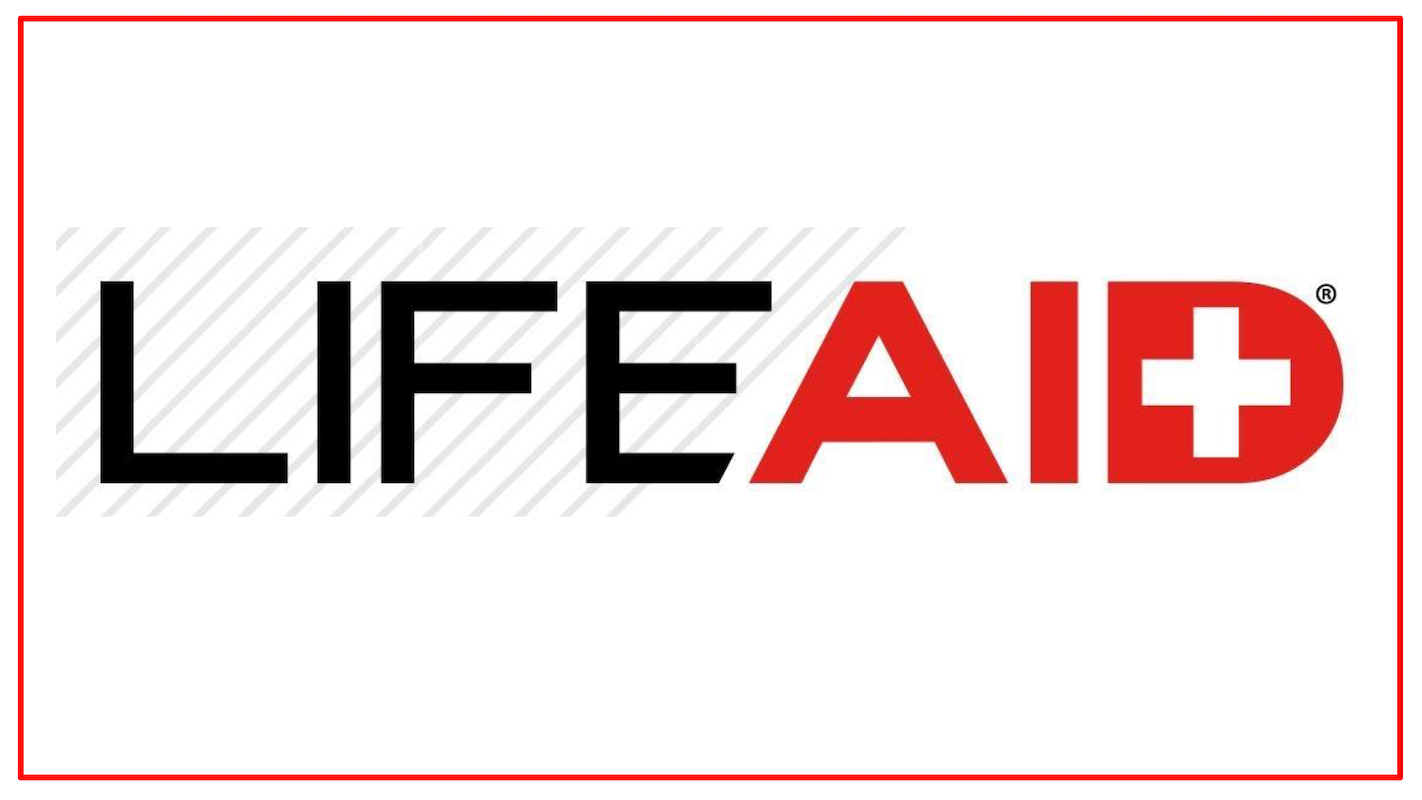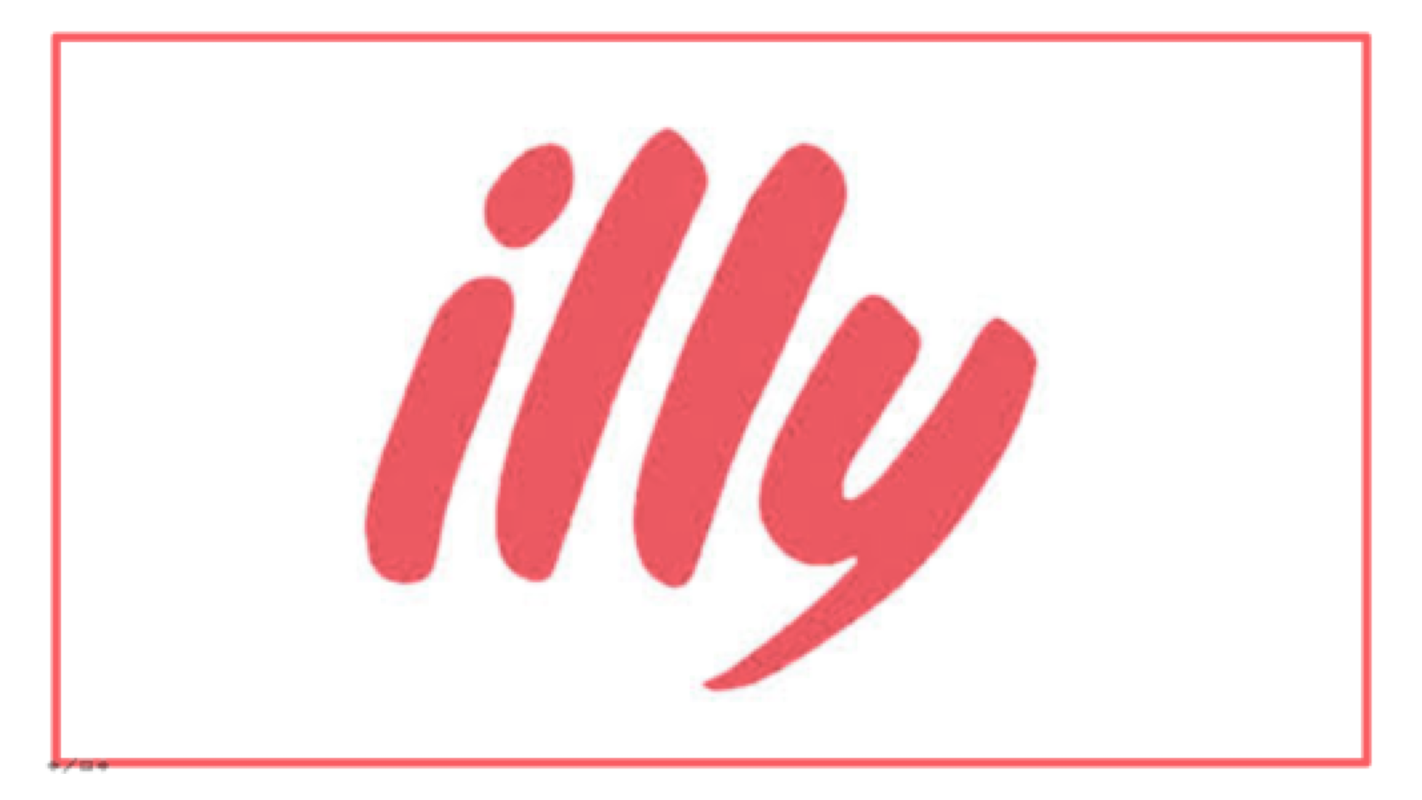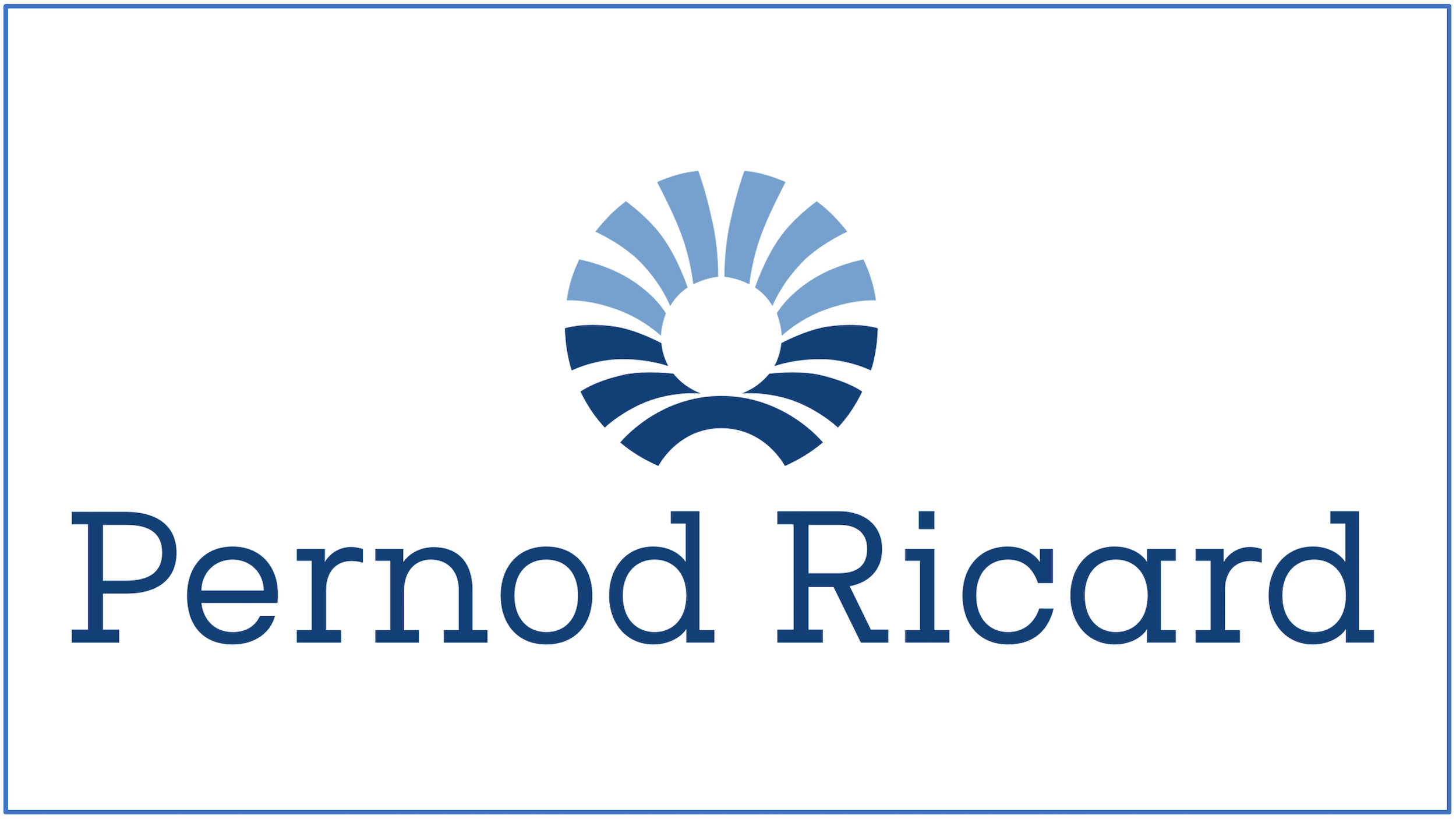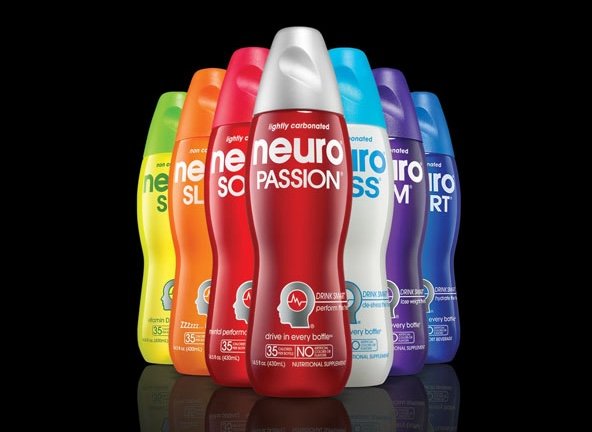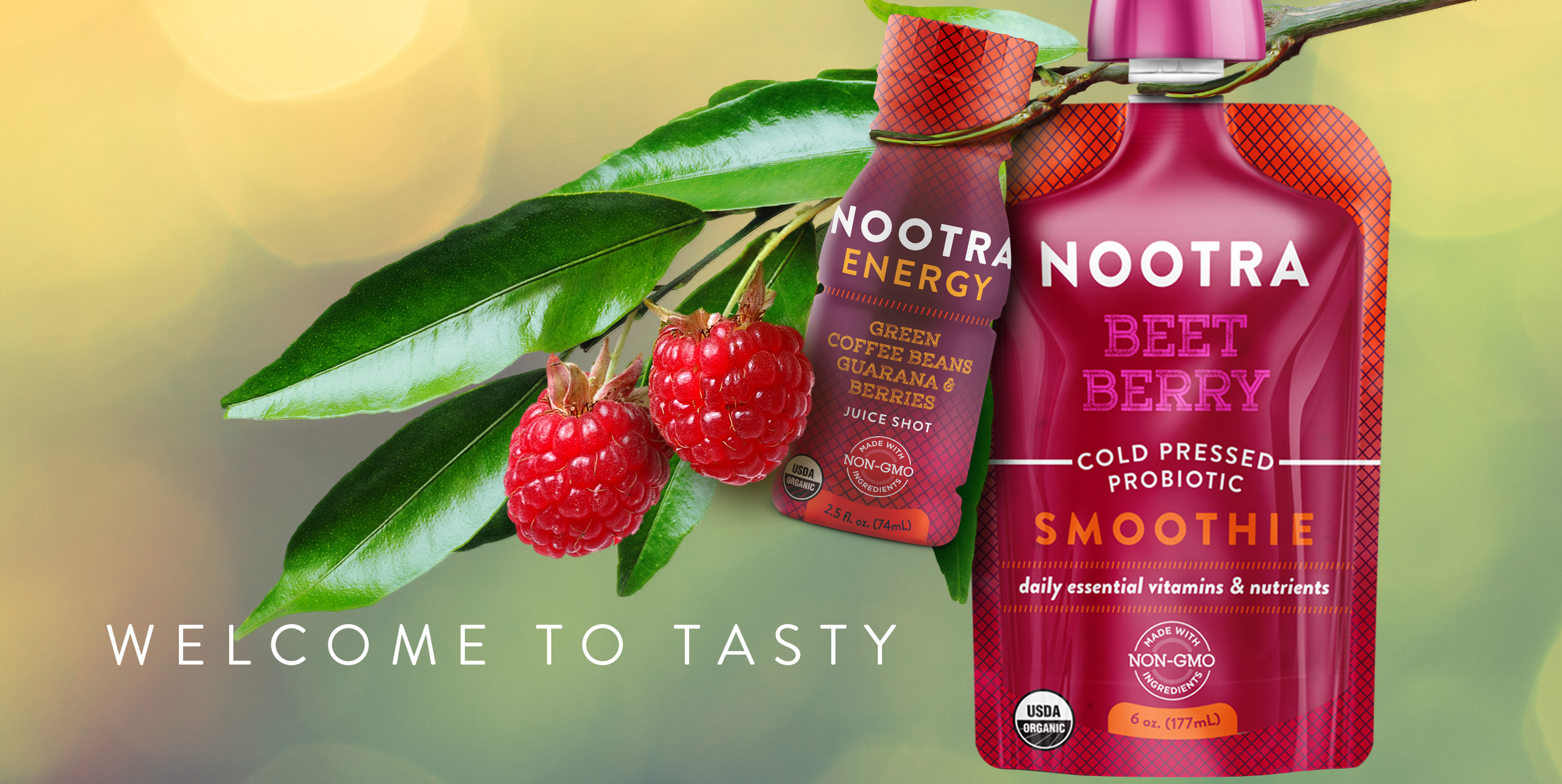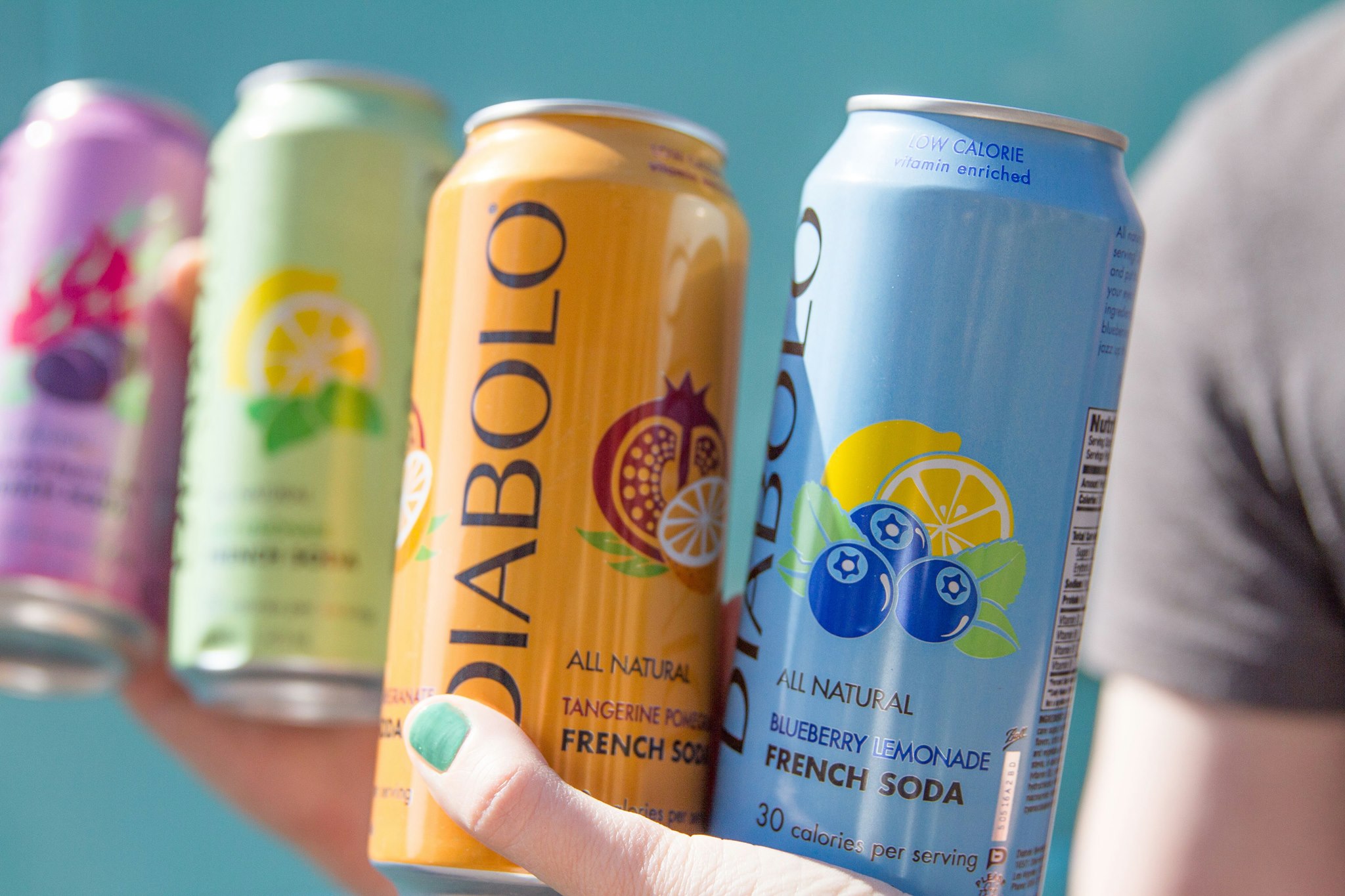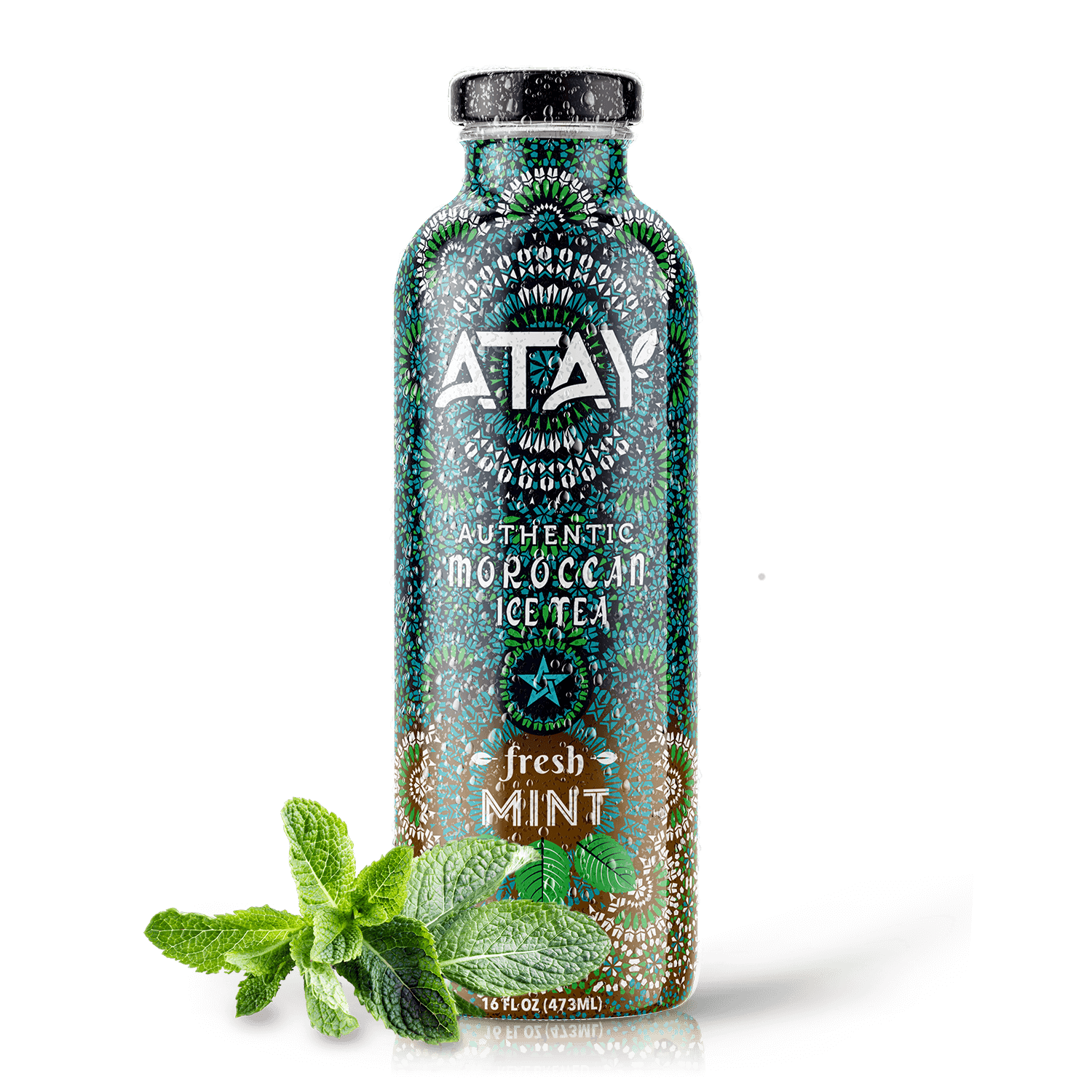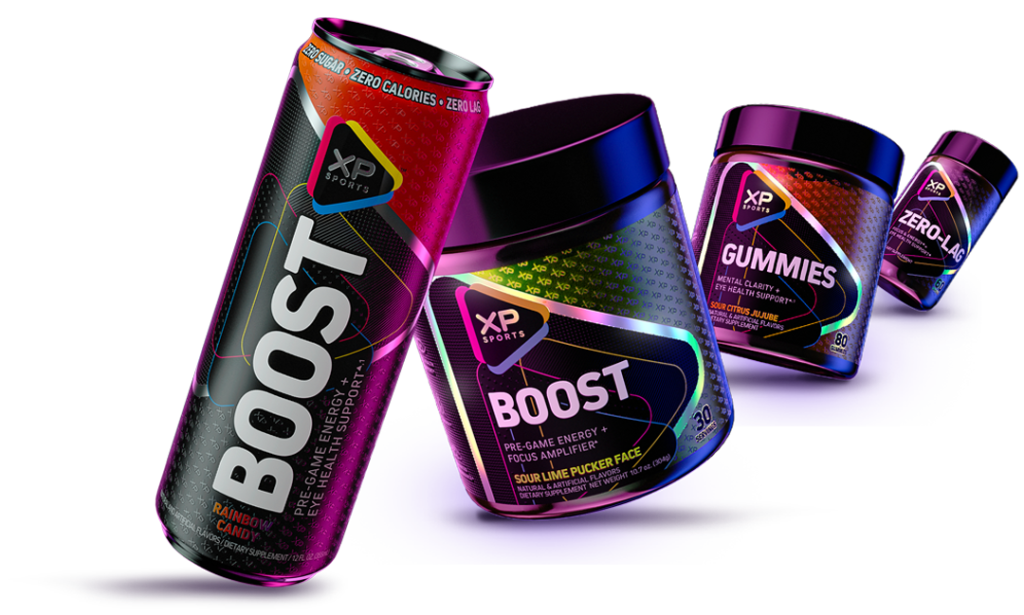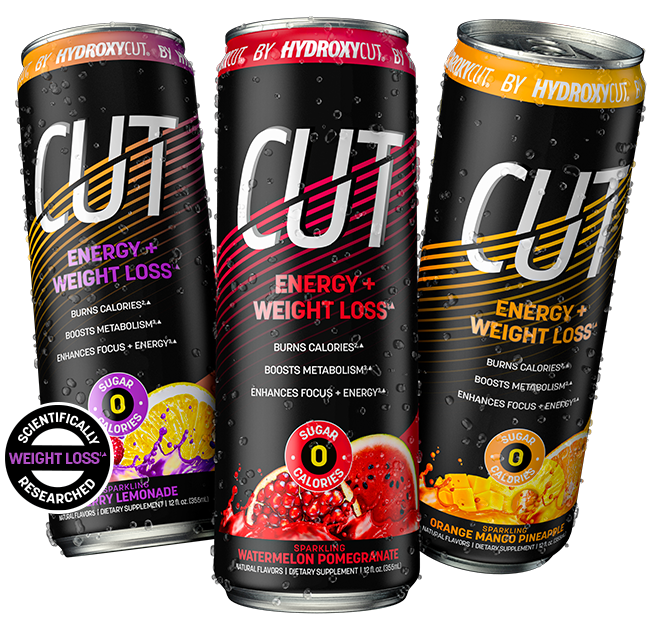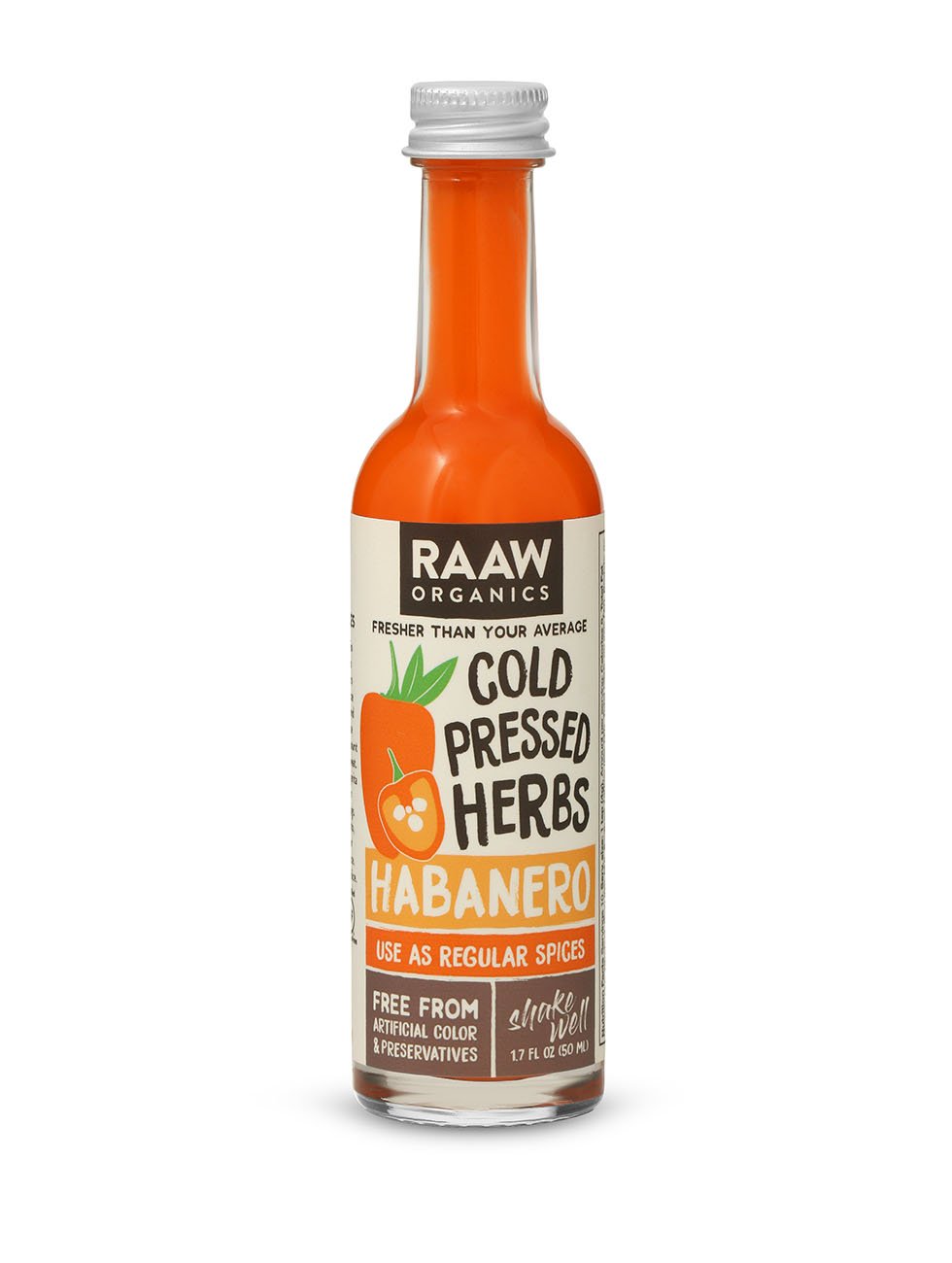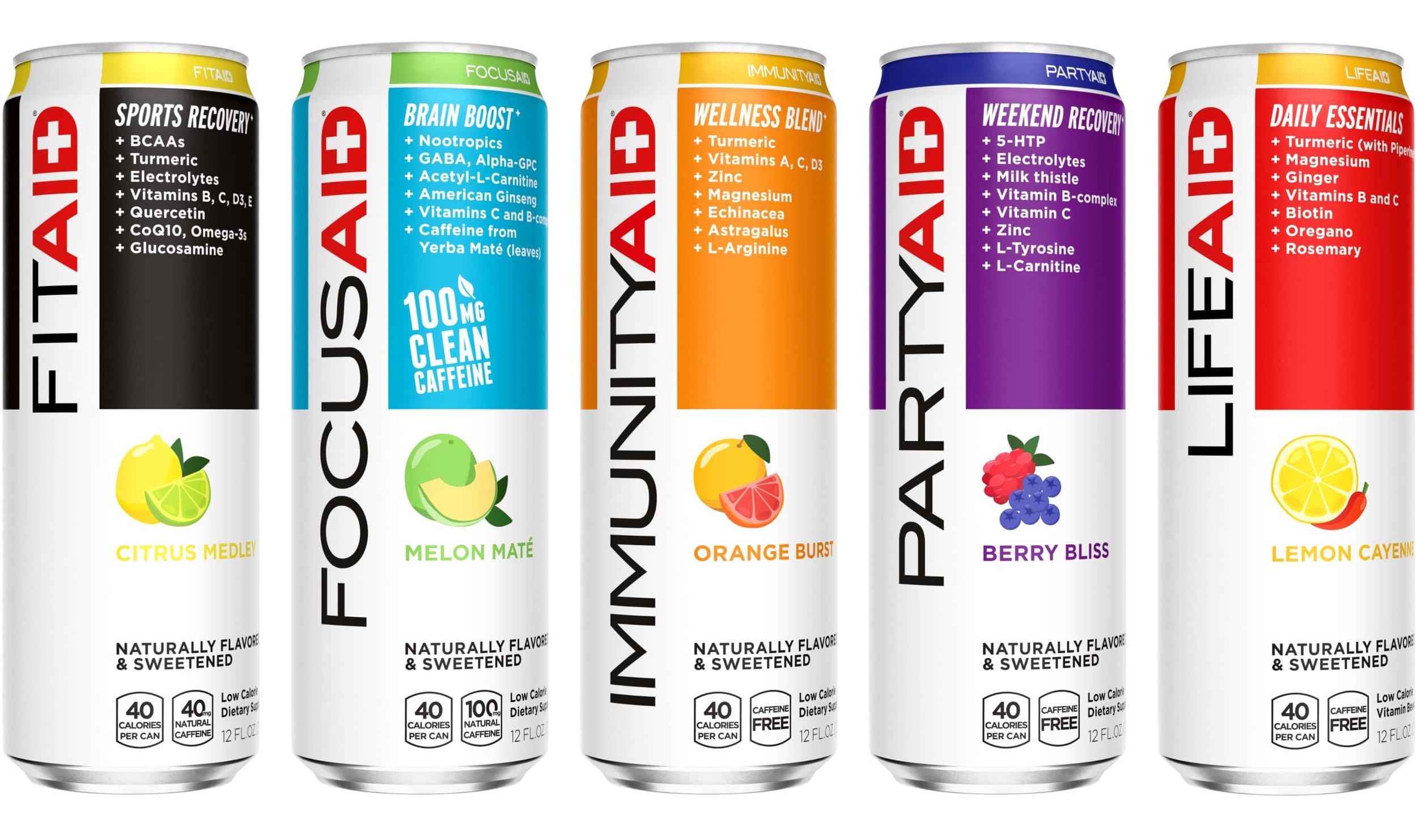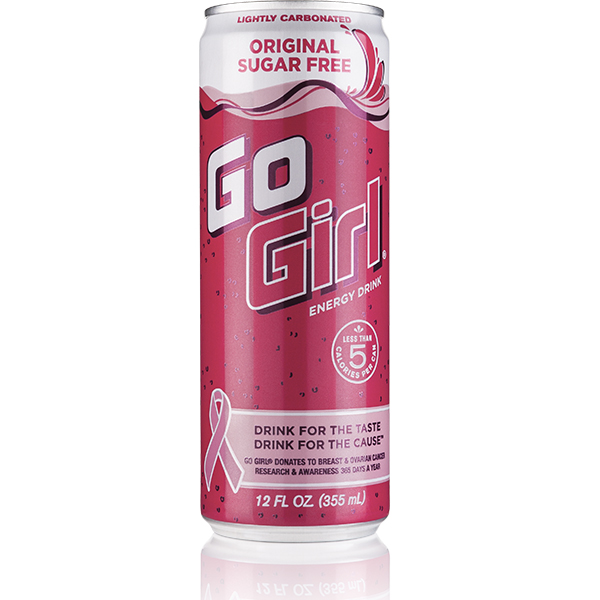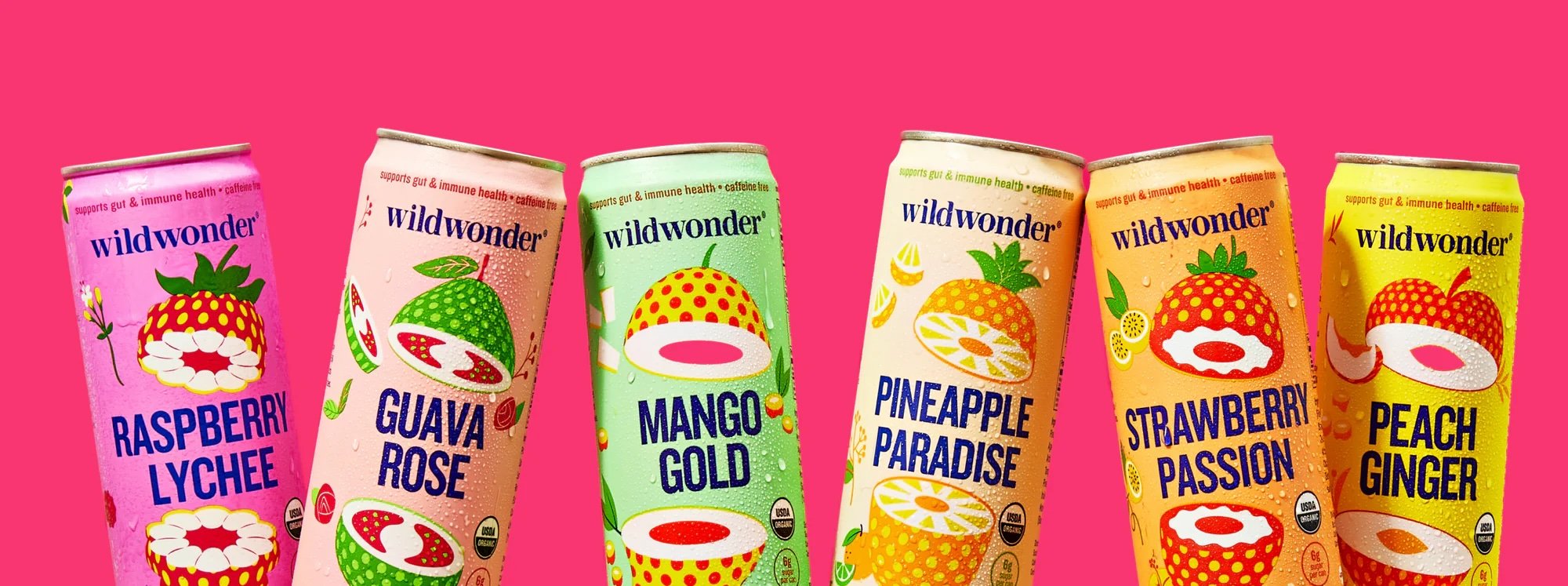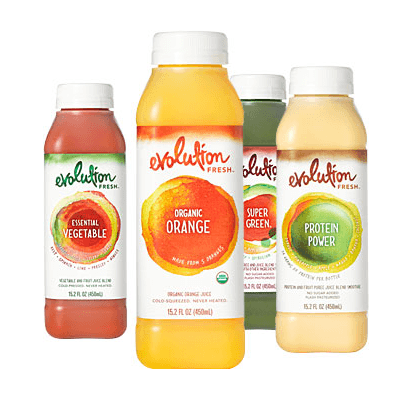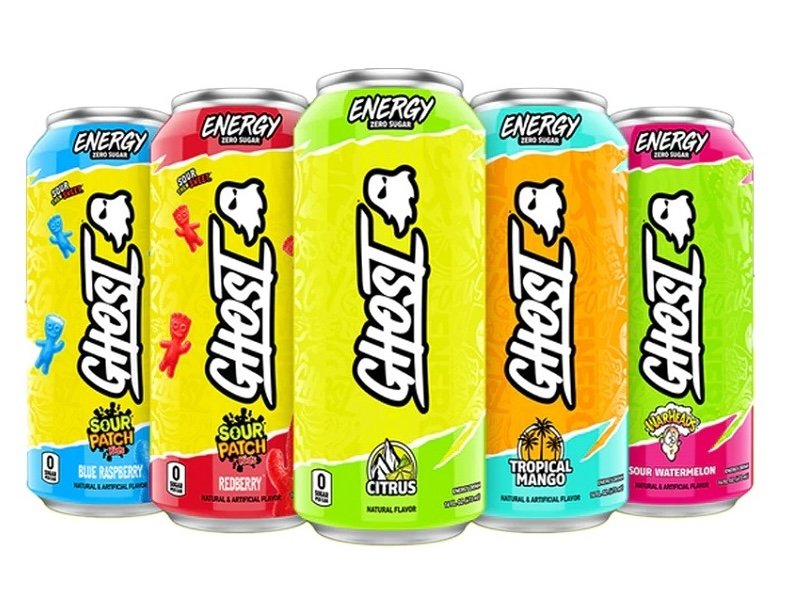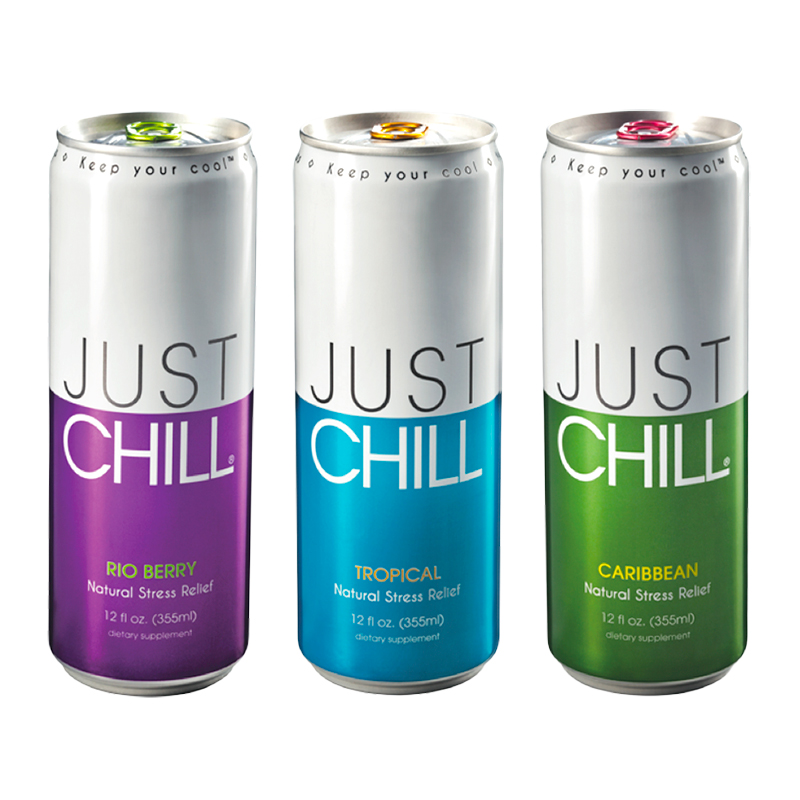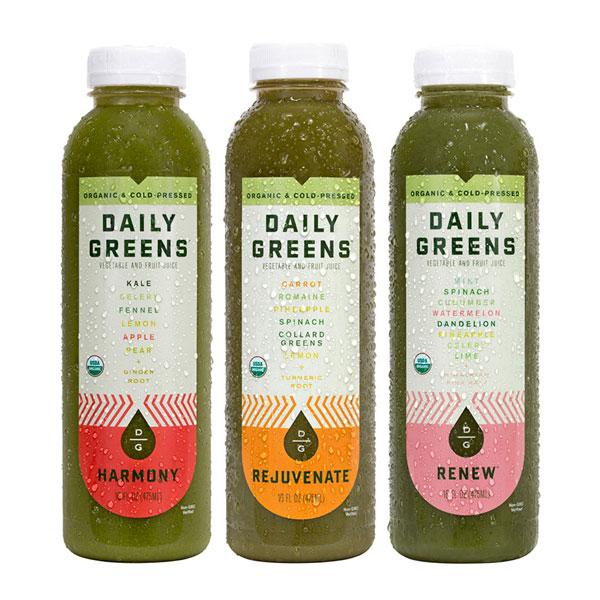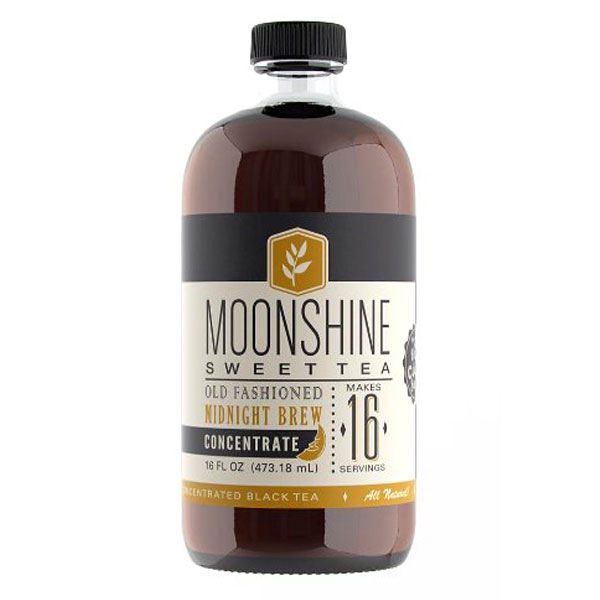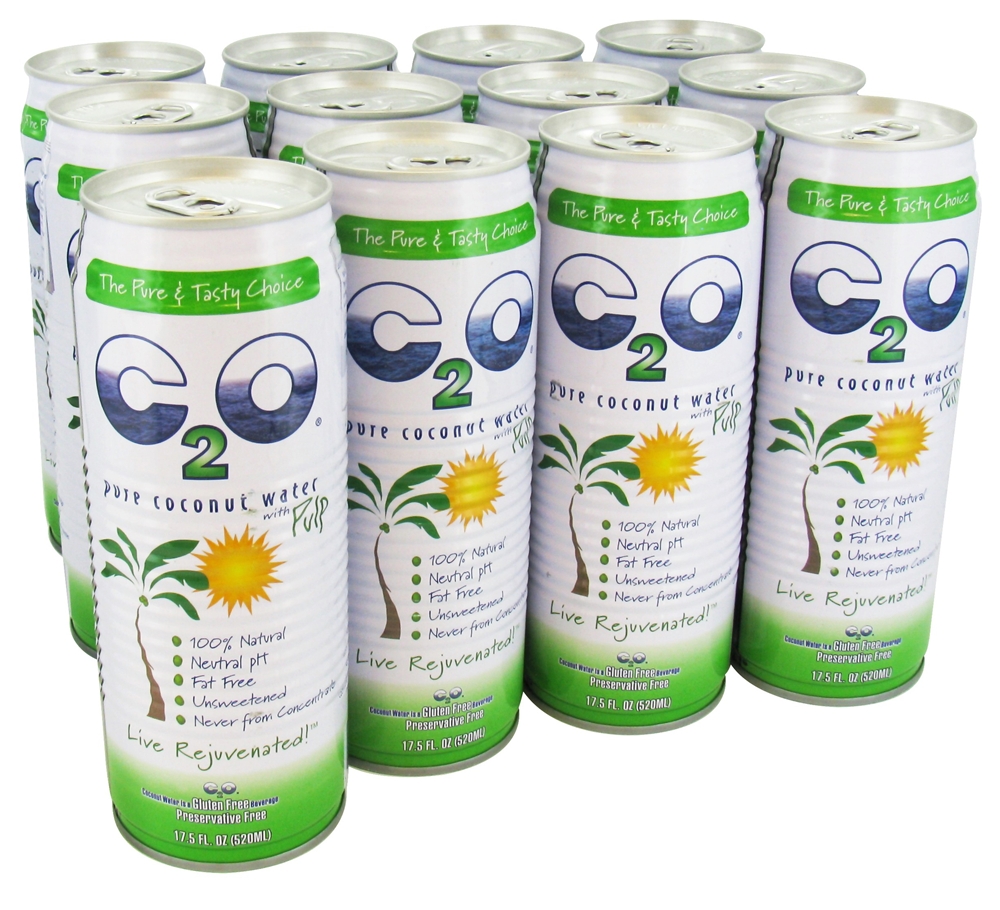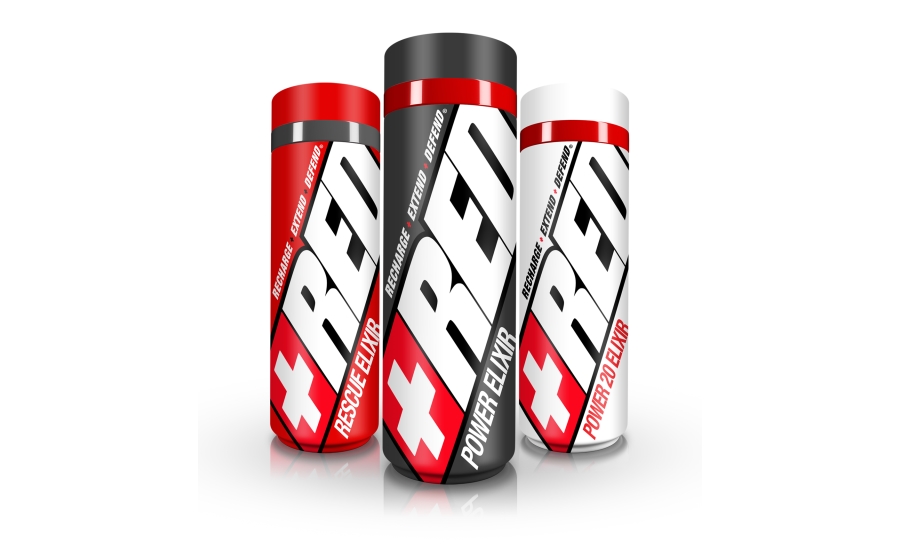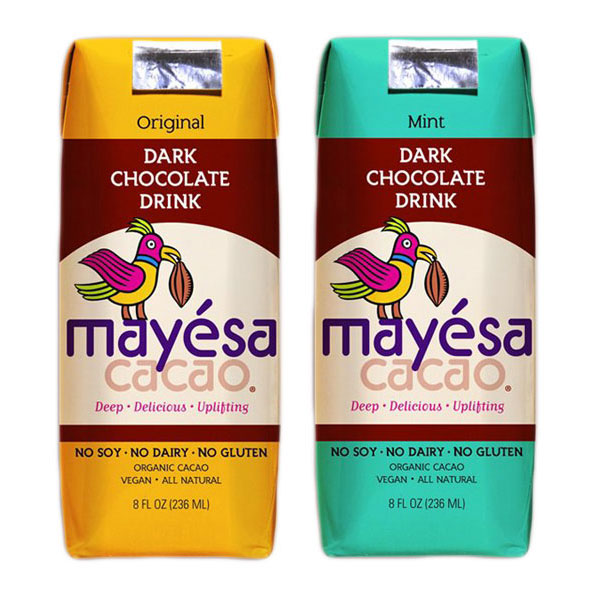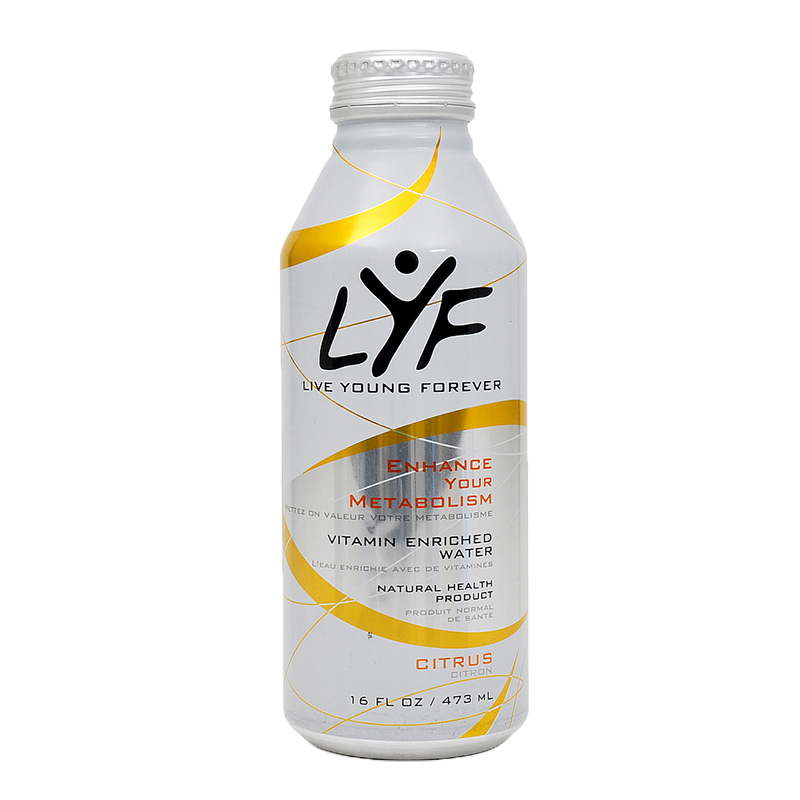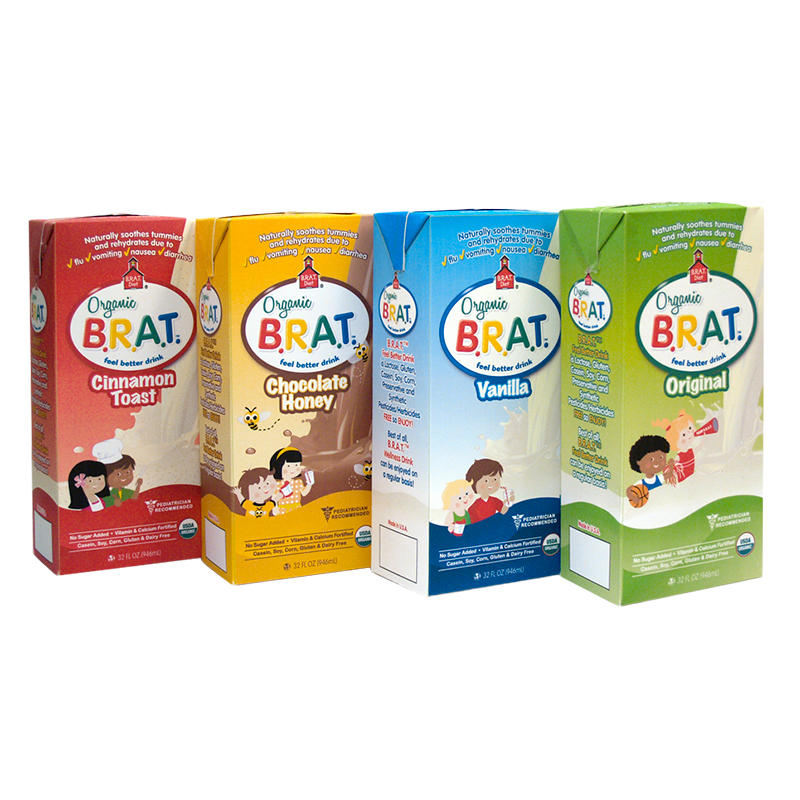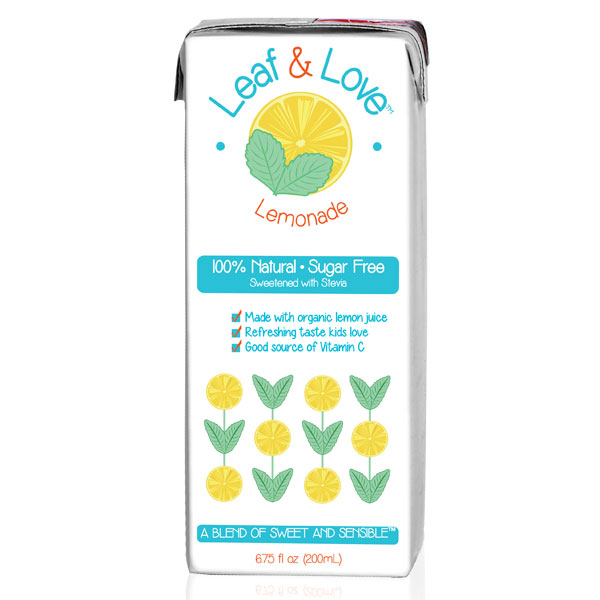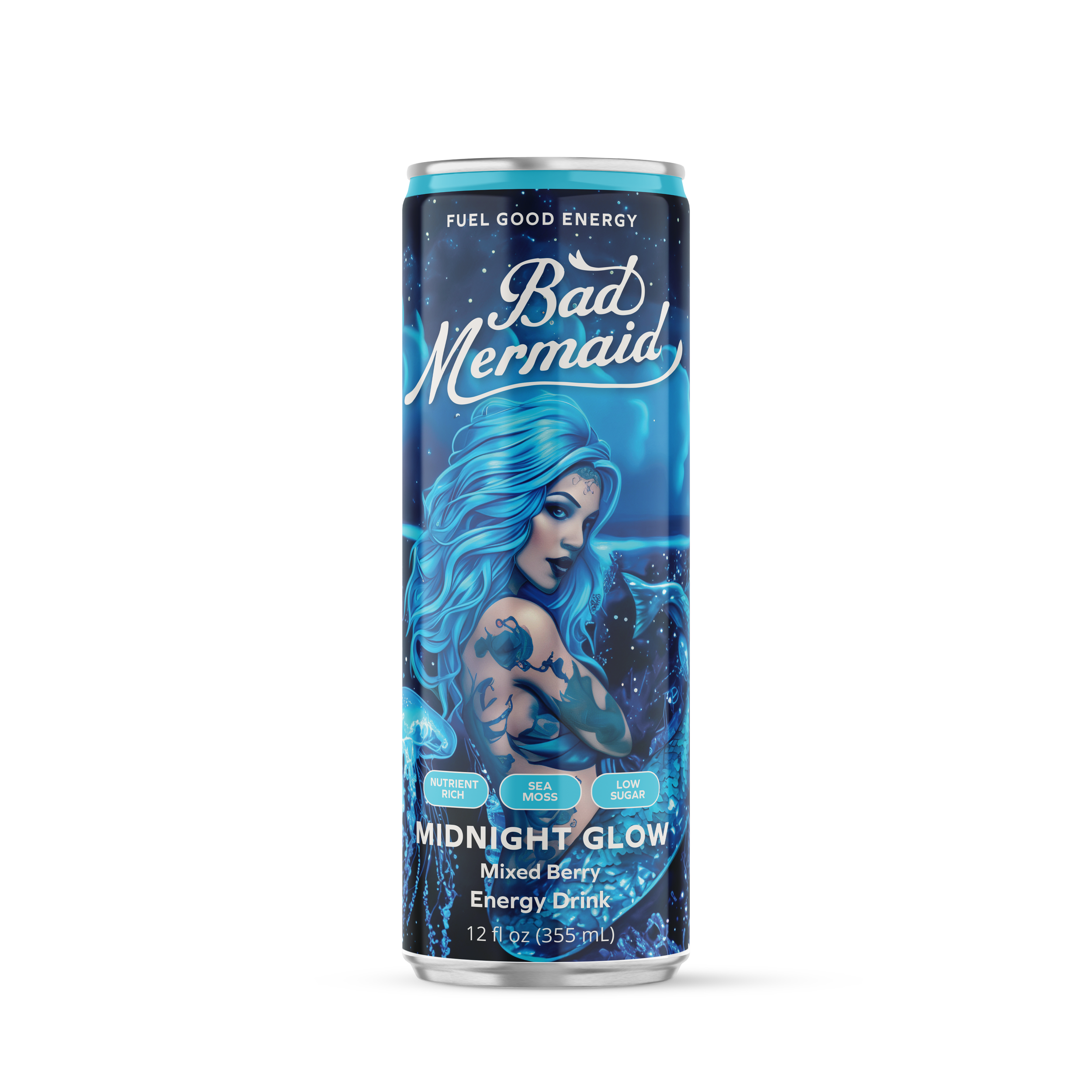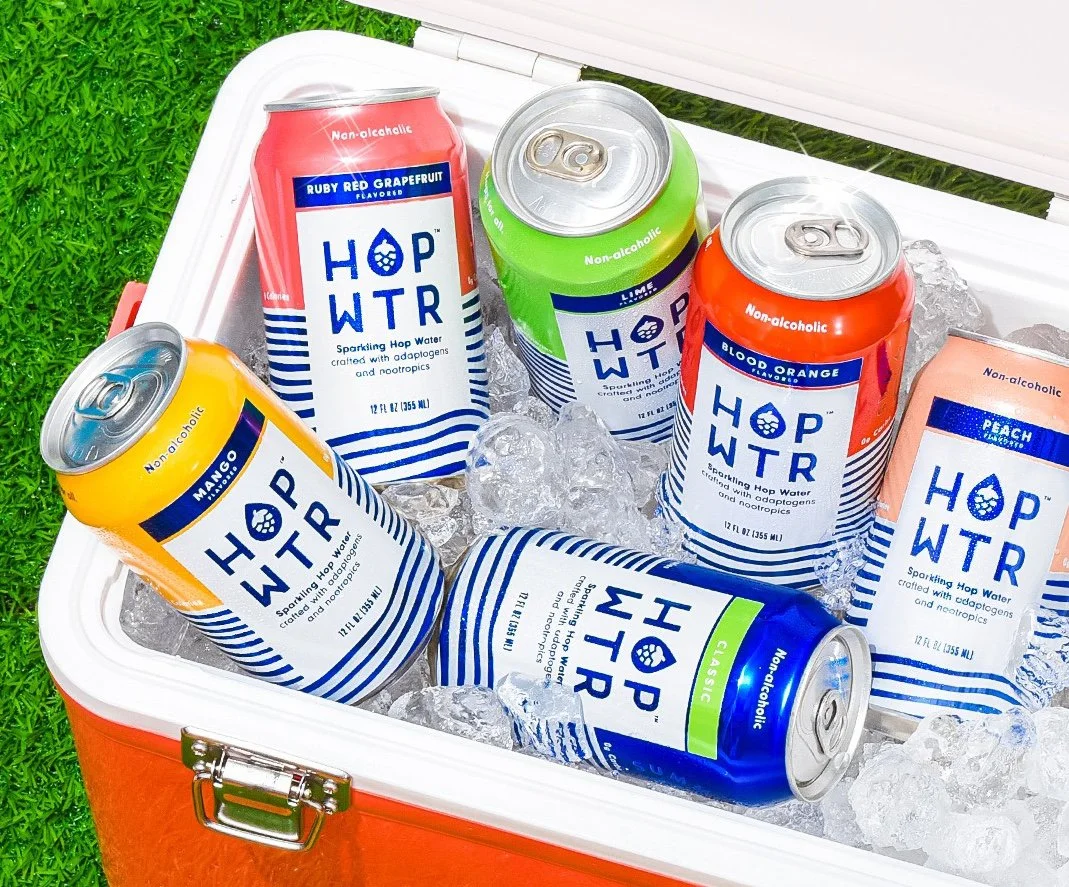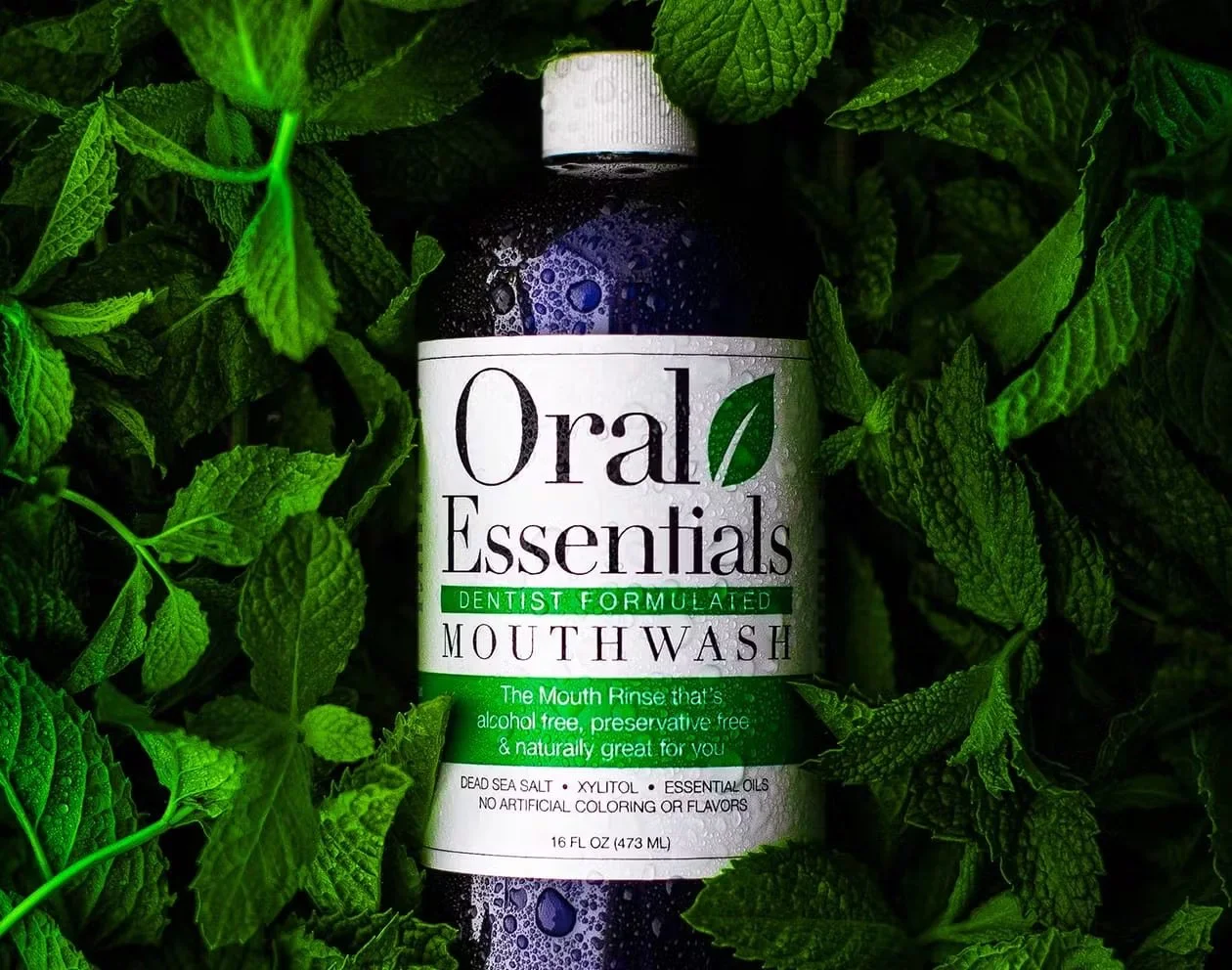


Beverage Sales
Beverage Sales
Beverage Sales & Distribution Experts
At Power Brands, we specialize in one thing: helping beverage companies succeed. For over two decades, our team has been selling beverages across America and around the globe. From startup energy drinks to household-name brands, we’ve worked with thousands of beverage companies to take their products from concept to shelves and into the hands of consumers.
Why Work With Power Brands?
Proven Global Reach – We have the experience and contacts to place beverages with top U.S. retailers, global distributors, and online giants like Amazon.
Retailer & Distributor Partnerships – Our network spans the largest beverage distributors, supermarkets, convenience chains, gyms, natural food stores, and online marketplaces worldwide.
Sales Strategy Development – We don’t just help you produce your drink—we design and execute sales strategies that maximize reach, profit, and velocity.
Incentive & Engagement Programs – We can build custom sales incentive programs that encourage distributors, retailers, and even sales reps to prioritize your product.
Beverage Marketing Integration – Beyond distribution, we help you craft marketing campaigns, promotional activations, influencer partnerships, and online strategies to accelerate sales growth.
Optimizing Beverage Sales for Today’s Market
Selling beverages in today’s competitive landscape requires more than just a good product. Success depends on:
Category positioning – Finding the right channel (energy drinks, functional beverages, RTD cocktails, hydration, wellness shots, etc.).
Shelf placement & visibility – Securing premium shelf space with the right retail buyers.
Omni-channel strategy – Ensuring your drink is as easy to buy online as it is in-store.
Data-driven insights – Tracking sales, optimizing promotions, and pivoting quickly when opportunities arise.
We optimize every part of this process to give your beverage the best chance of success.
The Power Brands Advantage
Unlike general consultants or brokers, we are beverage specialists. With decades of experience in distribution, retail buyer relationships, and brand building, we know exactly what it takes to:
Launch your beverage brand in record time
Get your drink placed with major distributors and retailers
Scale your sales across regional, national, and international markets
Build the marketing and sales foundation to keep your product on the shelf and in the cart
Ready to Grow Your Beverage Sales?
If you’re ready to scale your beverage business, partner with the leading experts in beverage sales and distribution.
👉 Request Free Information Today and let us show you how we can help get your drink into stores, online, and in the hands of customers everywhere.
Would you like me to also tighten this into a shorter, high-impact SEO landing page version (with headline + subhead + CTA flow) so you can use it directly on your website? That way you’ll have both the comprehensive version and the quick-conversion version.
Learn how to sell beverages successfully. Request Free Information >
The Ultimate Guide to Selling Beverages
A complete, practical playbook from pricing to placement to promotion.
1) Price It Right (Before You Sell a Single Can)
Your price architecture (“PPA”) drives everything—margins, promos, and which channels you can win. Build it top-down from shelf price and bottom-up from cost at the same time to ensure you can fund growth.
A. Know your targets (typical ranges, non-alcoholic)
Retail margin:
Grocery/Natural: 35–45%
Convenience: 30–40%
Club: 12–15% (larger pack sizes)
Fitness/Specialty: 35–50%
Distributor margin: 22–30% (DSD and broadline vary)
Trade spend (all-in): 15–30% of gross revenue (promos, ads, MCBs, OI, scanbacks)
Manufacturer gross margin (after trade): target 35–50%+
B. Quick price chain formula
Let SRP = shelf price, Rm = retailer margin, Dm = distributor margin.
Retailer buy price = SRP × (1 − Rm)
Distributor buy price (your sell price) = SRP × (1 − Rm) × (1 − Dm)
Check: your net after trade must comfortably exceed COGS + freight and still hit your gross margin target.
Example (one 12 oz can): SRP $2.99, Rm 35%, Dm 28%, Trade 15%, COGS $0.65, freight $0.08
Your distributor price ≈ $1.40; net after trade ≈ $1.19; unit cost $0.73 → ~39% GM after trade.
(If you can’t fund trade and still hit margins, adjust SRP, pack size, or costs before launch.)
C. Build a channel-by-channel price ladder
Create a table for Grocery / Natural / C-Store / Club / Online with: SRP(s), everyday price, promo price floors, distributor price, ship-to terms (FOB vs delivered), and allowances (intro, OI, MCB).
D. Budget for the hidden line items
Slotting, free fills, set-up fees, retailer ads, EDI/portal fees, OTIF penalties, fuel surcharges, accessorials, broker fees, demo labor, event costs, damaged/expired inventory accruals.
2) Packaging That Sells and Ships
A. Retail, supply chain, and compliance alignment
Regulatory: Nutrition Facts, ingredient list, allergens, claims substantiation, lot/date codes, country of origin; GS1 UPC/EAN barcodes.
Case/ship: Case count (12/24), ITF-14 case barcode, case weight & dims, pallet TI/HI, max stack height, 48×40 GMA pallet, corner boards, shrink wrap.
Shelf reality: Height/diameter (fit planograms, coolers, shelf lips), front panel claim hierarchy, QR for PDP/subscribe.
Channel variants: Variety packs, club multi-packs, c-store single-serve, e-com 12-packs (leak protection, FBA prep).
B. “Shelf-ready” and retail-specific needs
Knock-out shippers, PDQs, tray packs, tear-away cases, and compliant label positions for scanners. Pre-measure TI/HI for each retailer’s DC constraints.
3) Retailer-Specific Packages & Programs
Design offers per retailer (and per region):
Pricing: everyday + promo cadence (e.g., TPR 4–6x/year).
Assortment: top flavors + exclusive SKU or variety pack if needed.
Support: guaranteed demos, paid ads, digital coupons, endcap/cooler programs.
Intro: free fills or OI (only if ROI positive on your 12-month model).
Tip: Put these into one-pagers labeled “[Retailer Name] Launch Plan” with SKU list, cost, margins, promo plan, expected velocity, and support calendar.
4) Build Your Regional Retail Map
A. Market selection
Demand fit: demographics, climate, lifestyle (fitness, outdoor, college towns), competing brands, average SRP.
Channel coverage: identify top grocery, c-store, natural, fitness, specialty chains per DMA/region.
Distributor footprint: which DSD/broadline distributors already service those retailers? (UNFI/KeHE for natural, McLane/Core-Mark for c-store, regional DSD for cold box/coolers.)
B. Store-level target list
Build a spreadsheet with retailer → region/division → DC → store count → category buyer/contact.
Add notes on resets, slotting norms, and prior new-item acceptance patterns.
5) Approach Strategy: Buyers & Distributors
A. Materials you must have (non-negotiable)
Sell sheet (1 page): hero pack, 3–5 key claims, SRP, case specs, distributor list, UPC/ITF-14, certifications, top velocities (if available).
Deck (8–15 slides):
Category opportunity (consumer & trend proof)
Problem/white space & why now
Product & proof (formulation, certifications, taste scores)
Price architecture & margin story
Velocity proof (test data, U/S/W benchmarks)
Launch plan (assortment, promo, demos, media)
Supply chain readiness (lead times, DCs, OTIF, COI)
Team & backers (credibility)
Ask: items, divisions, timing
Pricing sheet: per-channel, per-case; OI allowance ranges.
New item form data: case specs, pallet, pack, weights, GTINs.
COI + W-9; QA docs if requested (HACCP/SQF, allergens).
B. Outreach cadence (simple & effective)
Warm intro > cold: use distributor/broker/customer intros where possible.
Email → LinkedIn → call → trade show meet-up → follow-up sample kit.
Timing: align with retailer reset windows; reference prior calls and your support plan.
Sample Buyer Email (tight & useful)
Subject: New [Category] item with proven velocities & full launch support
Body:
One-line why it wins + the whitespace it fills.
SRP & unit economics; promo plan (TPR %, cadence).
Top 3 proof points (taste test, trial data, reviews, awards).
Attach sell sheet + 10-slide deck.
Clear ask: “[X] SKUs in [division] for [reset month]. 12-month support attached.”
Close with “Samples ready to ship this week.”
Voicemail Script (15–20 sec)
“Hi [Name], it’s [You] with [Brand]. We’re driving [X] U/S/W in test and fully funding [Promo]. Emailing a 1-pager now; can I send samples to your office this week?”
6) Distributors: Selecting, Pitching, and Managing
A. DSD vs Broadline vs Direct
DSD: best for cold box/coolers, high-frequency channels; higher service, higher costs.
Broadline: ships to retailers’ back rooms; great for grocery/natural resets.
Direct to retailer DC: once scale and OTIF reliability are proven.
B. What distributors need to hear
Margins (healthy and sustainable).
Velocity targets (U/S/W by channel, with comps).
Support (funded displays, TPRs, demos, SPIFFs).
Operational readiness (lead times, fill rate, DC coverage, new item forms in hand).
C. Incentives that work
SPIFFs for route drivers & reps during first 60–90 days.
MCBs/Volume rebates tied to cases per month or new doors.
Display allowances during promo windows.
Clear KPIs and 90-day scorecards (new doors, displays, compliance photos).
7) Retailer & Distributor Presentations (Structure & Flow)
Winning flow:
Category growth + consumer trend (set the context)
Your value prop + proof (taste, function, brand halo)
Price ladder → their margin story (make their math easy)
Launch plan (assortment, promos, demos, media, influencers)
Operational readiness (DCs, lead times, OTIF)
Ask + timeline (items, divisions, reset, ship dates)
Incentives (intro OI, display, ads)
Design tips: Minimal text, big visuals, one insight per slide, end with a single “Yes/No” decision slide.
8) Point-of-Sale (POS) That Actually Moves Units
Essentials: shelf talkers/blades, cooler clings, neck hangers, case cards, wobblers, endcap/sign toppers, shippers/PDQs.
Message hierarchy: 1) Need-to-know (benefit/claim), 2) RTB (ingredient/cert), 3) Offer (price/promo), 4) QR (reviews/PDP).
Compliance: size to fixtures; scannable UPC; retailer approvals.
Execution: photo proof of placement; track by door; replace damaged POS quickly.
9) Promotions: Calendar, Mechanics, and Math
A. Build a 12-month promo calendar (per channel)
TPR windows (3–6 weeks) with expected lift
Endcaps/cooler programs and ad features
Digital coupons (retailer apps)
Stacked tactics: demo + TPR + display = biggest lift
Guardrails: keep floor price above your promo floor; avoid training only-on-deal behavior.
B. Common mechanics
Hi-Lo: TPR %, 2-for $, BOGO, B2G1.
Scanbacks/Billbacks: funded with accruals; reconcile monthly.
Intro: free fills (limited, strategic), MCBs, display allowances.
10) Sampling & Field Marketing (with ROI Reality)
Where: high-index stores, gyms, events aligned to your audience.
How: tight script, fast pour, one clear claim, CTA to find it (QR to store list).
Staffing: trained brand ambassadors; compliance with permits/food safety.
ROI sanity check (illustrative):
If your per-sample cost ≈ $1.50 and gross profit per unit ≈ $0.46 after trade, a 25% conversion buying 2 units yields ≈ $0.23 expected GP per passerby—not ROI-positive on day one.
Sampling pays when repeat purchases stack. Track: email captures, offer redemptions, repurchase windows. Use events to drive door counts and display wins, not just immediate sales.
11) Operations & Supply Chain (so you don’t get charge-backed)
Forecasting: 13-week rolling; tie to promo calendar; safety stock (finished goods + key ingredients).
Lead times: ingredients, packaging, production, QA release, carrier booking, DC appointment.
OTIF: ship windows, appointment scheduling, pallet spec, labeling.
Documentation: ASN/EDI, BOL/packing lists, COI, SDS if applicable.
3PL/DC strategy: regional nodes to cut transit time and avoid hot-weather damage; Amazon-compliant prep for e-com.
12) Brokers vs In-House Sales
Brokers: speed to relationships; pay retainer + 3–6% of sales; manage by KPIs and quarterly business reviews.
In-house: higher control, higher fixed cost.
Hybrid: core strategic accounts in-house, long-tail via broker network.
13) E-Commerce & Amazon (accelerate trial & reviews)
1P vs 3P vs Hybrid: margin tradeoffs; inventory control.
FBA for speed; subscribe-and-save to grow repeat.
PDPs: title keywords, bullets with claims/benefits, lifestyle images, A+ content, video, consistent SRP with retail.
Promo: coupons, deal days, off-Amazon traffic (influencers/PR).
Ops: leak-proof packouts, compliant barcodes, case packs that survive parcel.
14) Analytics & KPIs (run the business by the numbers)
Distribution: doors, ACV, % active.
Velocity: U/S/W (units per store per week) by item/channel; target and lift vs promo.
Price/Promo: % on deal, depth, lift, net unit margin.
Displays: # gained, compliance rate, picture proof.
Field: samples given, conversions, email captures, geo-lift.
P&L: trade spend %, contribution margin by channel, cash conversion cycle.
Cadence: weekly dashboards, monthly reviews, quarterly re-plan.
15) 6-Month Launch Timeline (example)
Phase 0 (Pre-sell, 45–60 days): finalize PPA, packaging specs, POS, sell sheet/deck, distributor meetings, retailer line reviews.
Phase 1 (Seed, 0–90 days): 50–200 doors; 2 TPRs; demos; heavy field work; secure first 30 displays.
Phase 2 (Build, 90–180 days): 300–800 doors; expand SKUs; layered media; refine promo floors; add 1–2 new distributors.
Phase 3 (Scale, 6–12 months): national/regional chains; club/e-com packs; broaden POS; tighten OTIF and forecast.
16) Common Pitfalls (and fixes)
Underpricing (can’t fund trade) → Rebuild PPA before launch.
Over-SKUing early → Start with 2–4 winners; add once velocities stabilize.
Promoting too deep → Protect promo floors; fund displays instead.
Weak POS → One dominant claim; clear offer; QR.
Ops misses → 13-week forecast, DC appointment discipline, pallet specs.
No proof for buyers → Run a real market test; bring U/S/W and demo lift data.
17) Simple Tools & Templates (copy/paste)
Retailer One-Pager (fill-ins):
Brand & 1-line value prop
Items/SKUs + SRPs + case specs (UPC/ITF-14)
Promo plan (depth & cadence)
12-month support (demos/displays/digital)
Expected velocities & proof (tests/reviews)
Contact + ship windows + distributors
Quarterly Sales Scorecard:
New doors: goal vs actual
Displays gained/compliance %
U/S/W by item (baseline vs promo)
Trade spend % (plan vs actual)
Top 5 actions next quarter
Buyer Outreach Cadence (3 weeks):
Wk 1: Email + sell sheet/deck + sample offer
Wk 1: LinkedIn note (short)
Wk 2: Call/VM; ship samples with tracking
Wk 3: Follow-up email with data teaser (demo lift, reviews); request 15-min
18) Your Next Steps (fastest path to traction)
Lock pricing: finalize SRP, channel margins, promo floors.
Finish retail-ready packaging: barcodes, case specs, pallet TI/HI.
Assemble materials: sell sheet, deck, pricing sheet, POS starter kit.
Choose 1–2 regions + 2 channels to prove velocities.
Line up distributors/brokers matched to your targets.
Build a 90-day promotional plan (TPRs, demos, displays).
Stand up dashboards (doors, U/S/W, trade %, displays).




